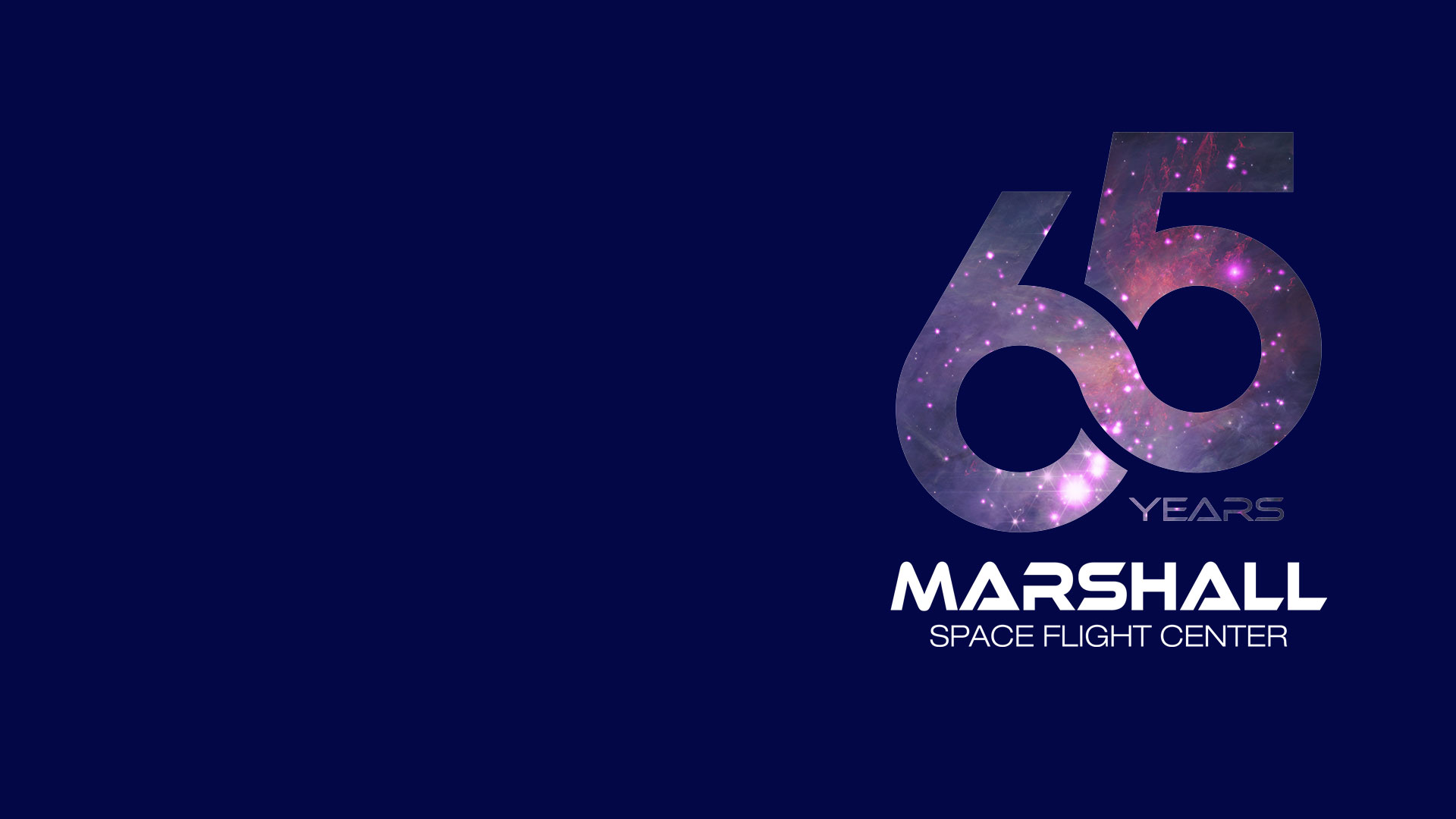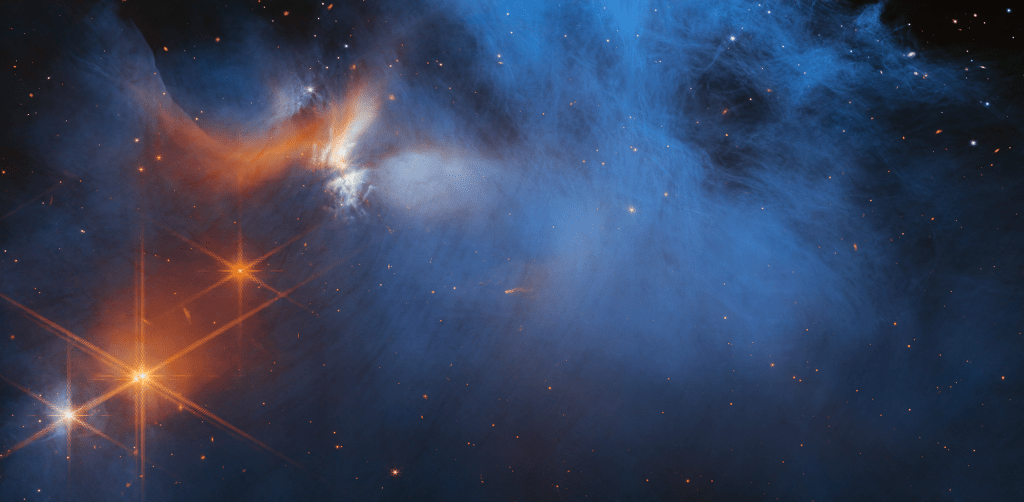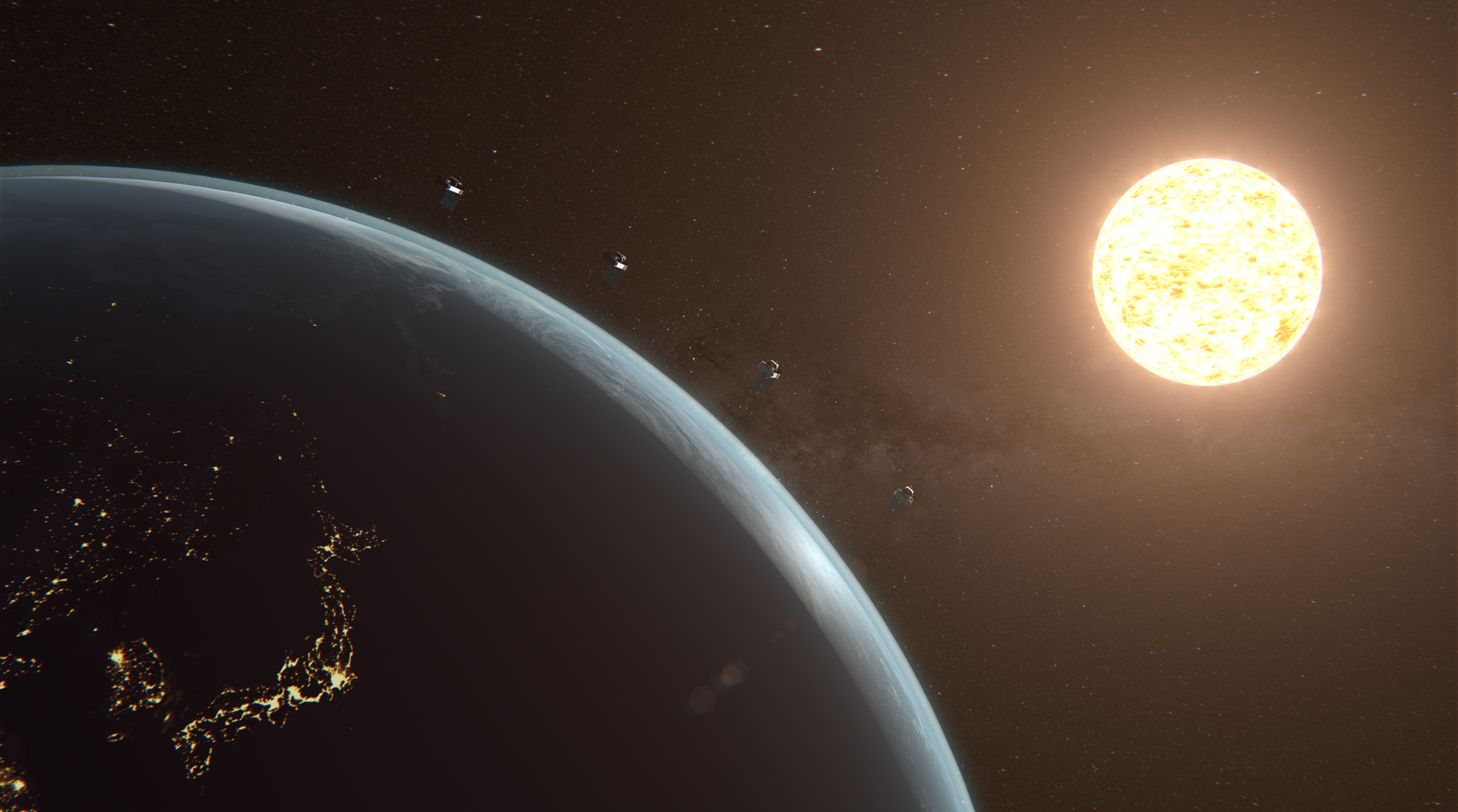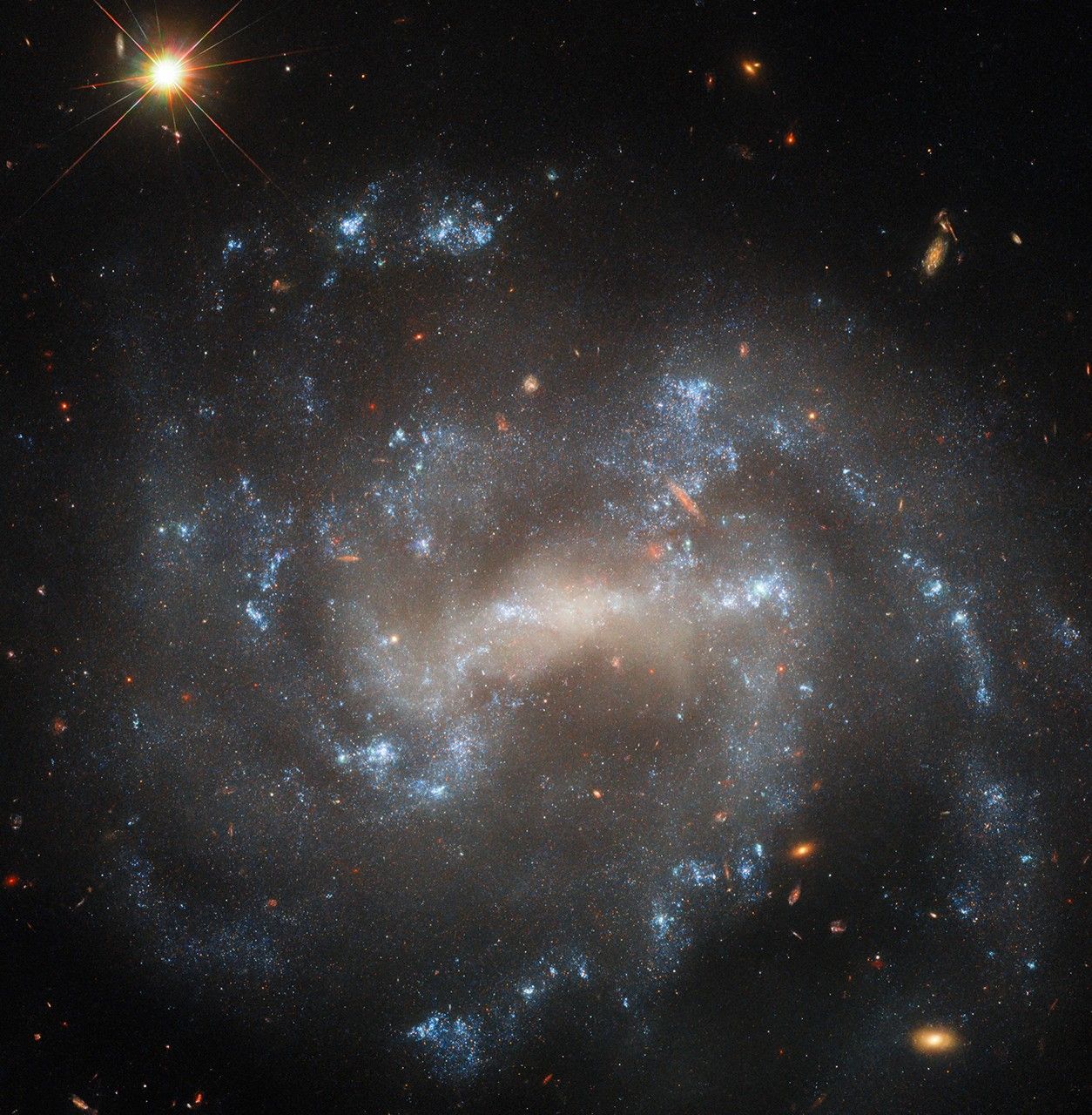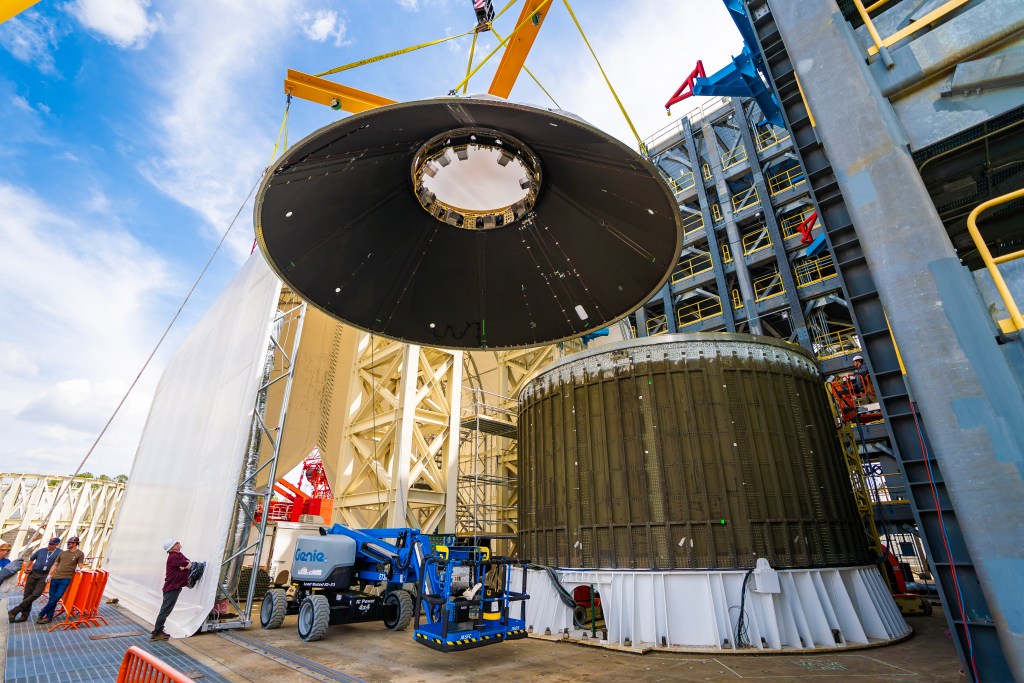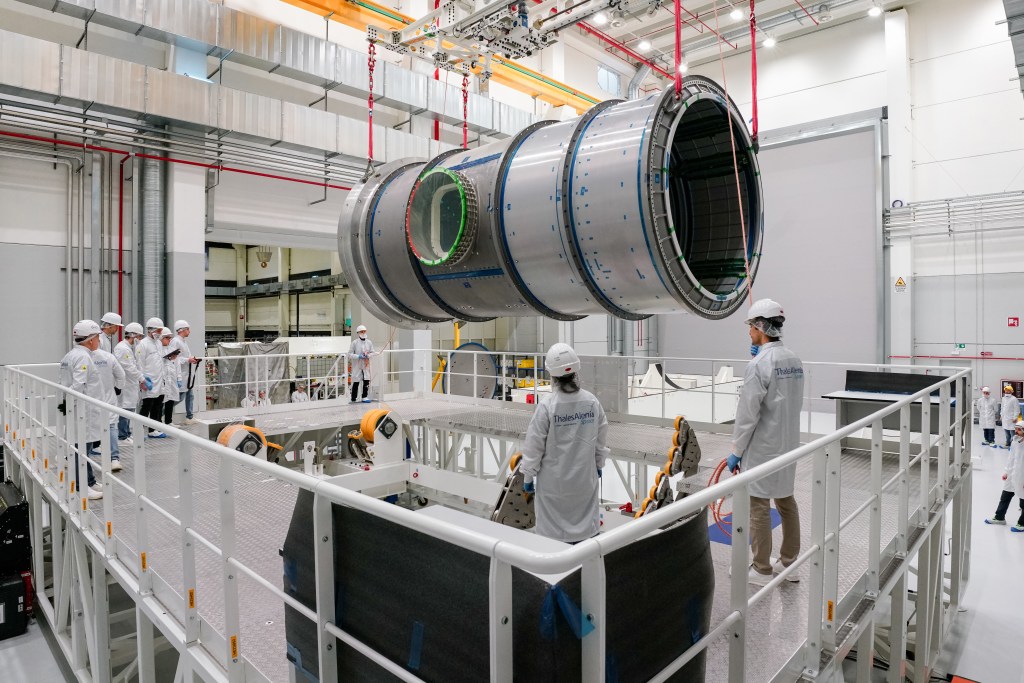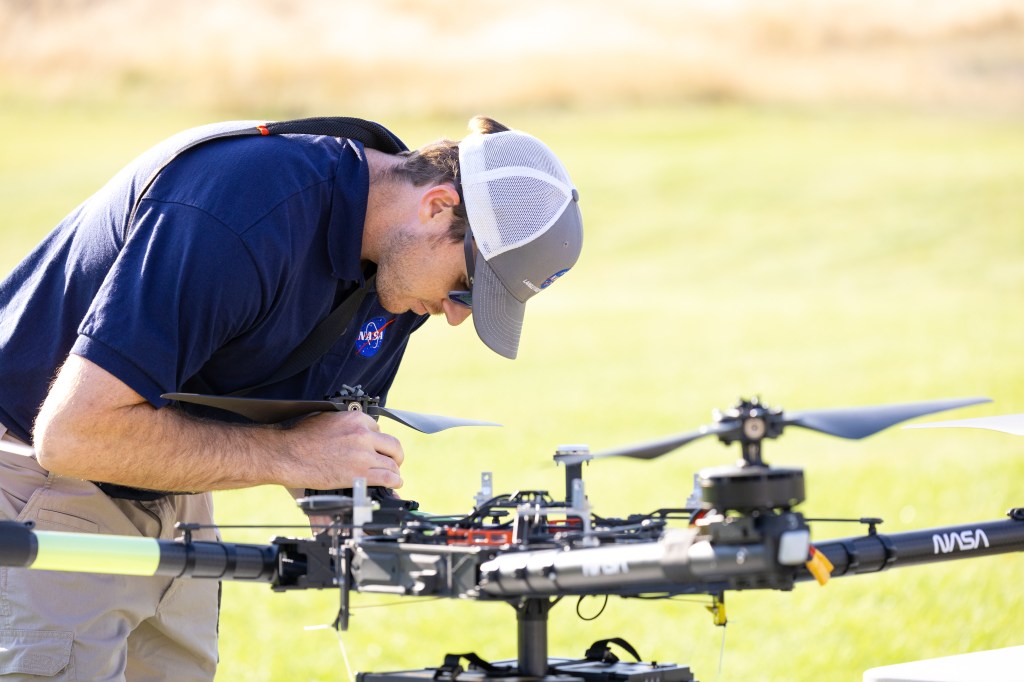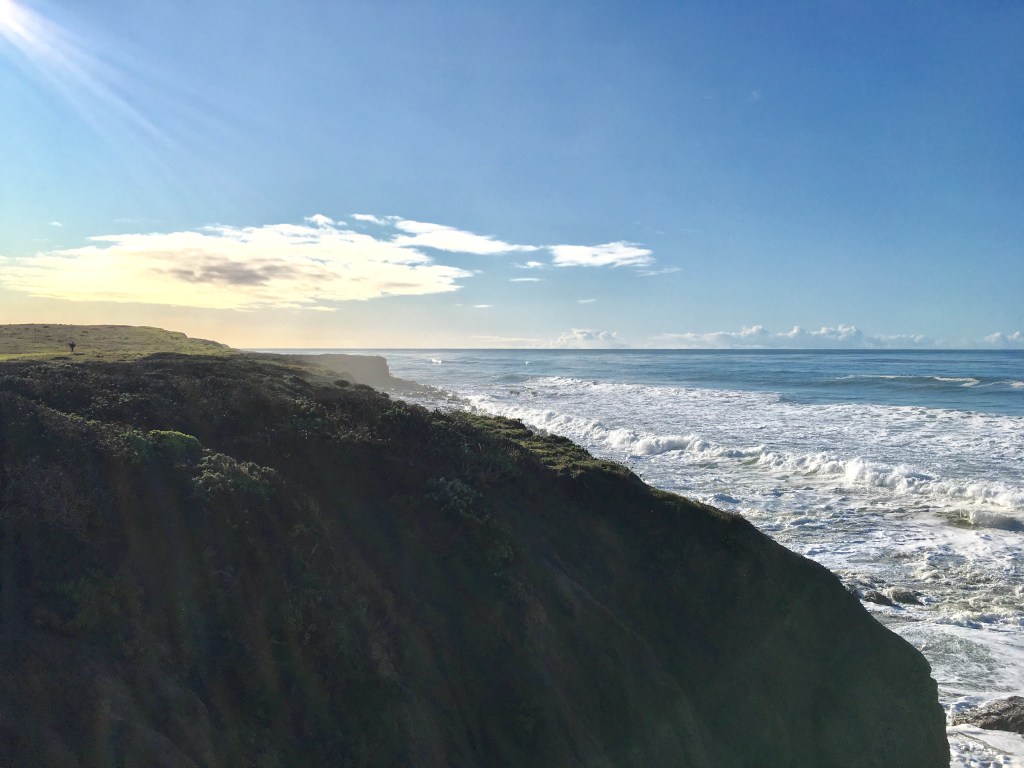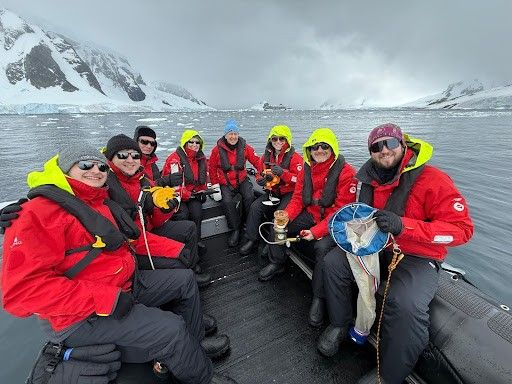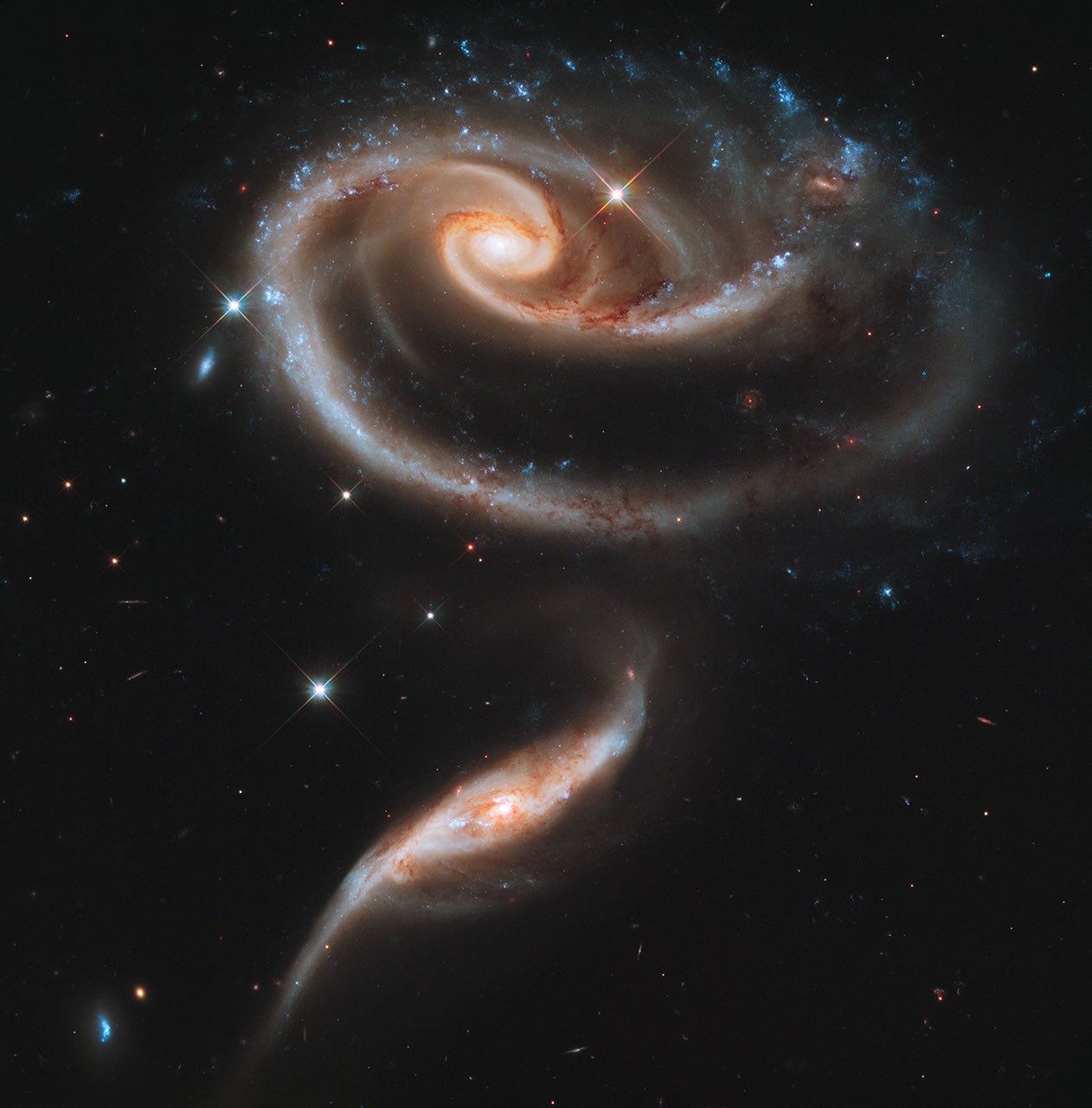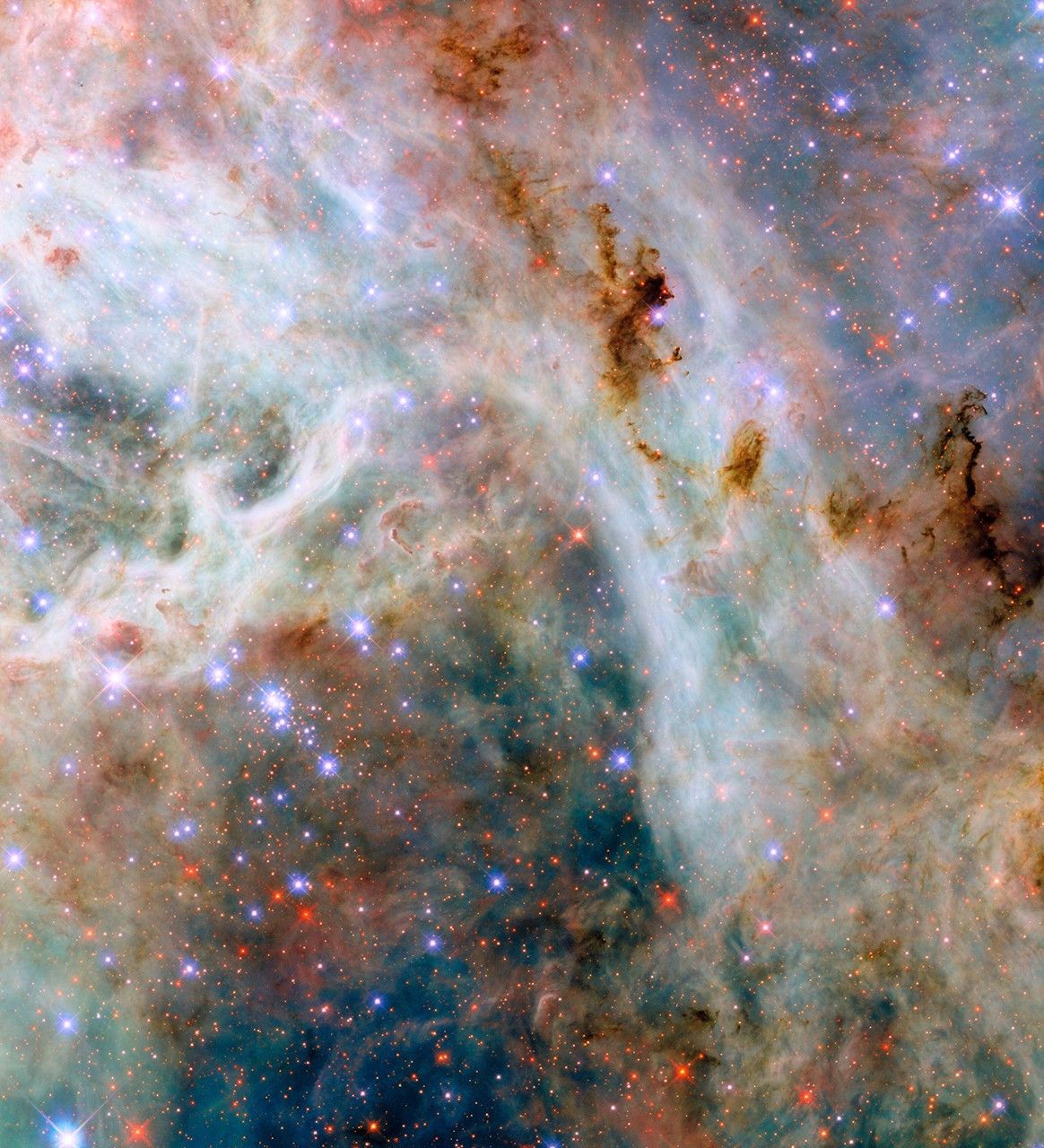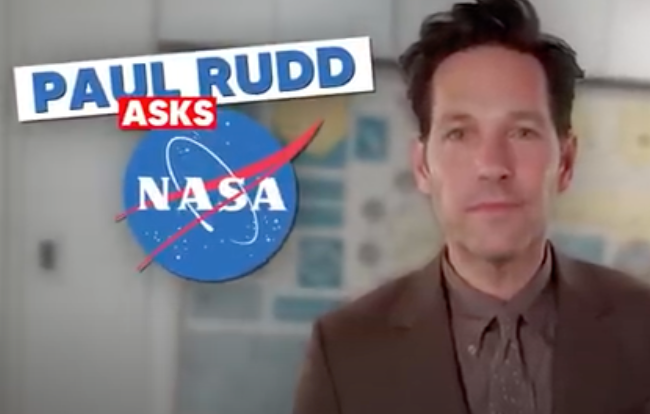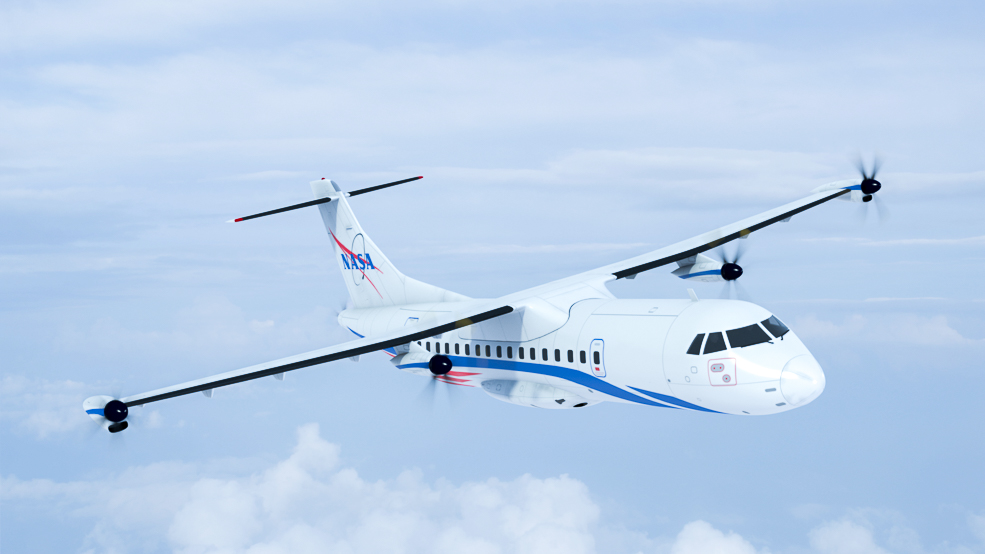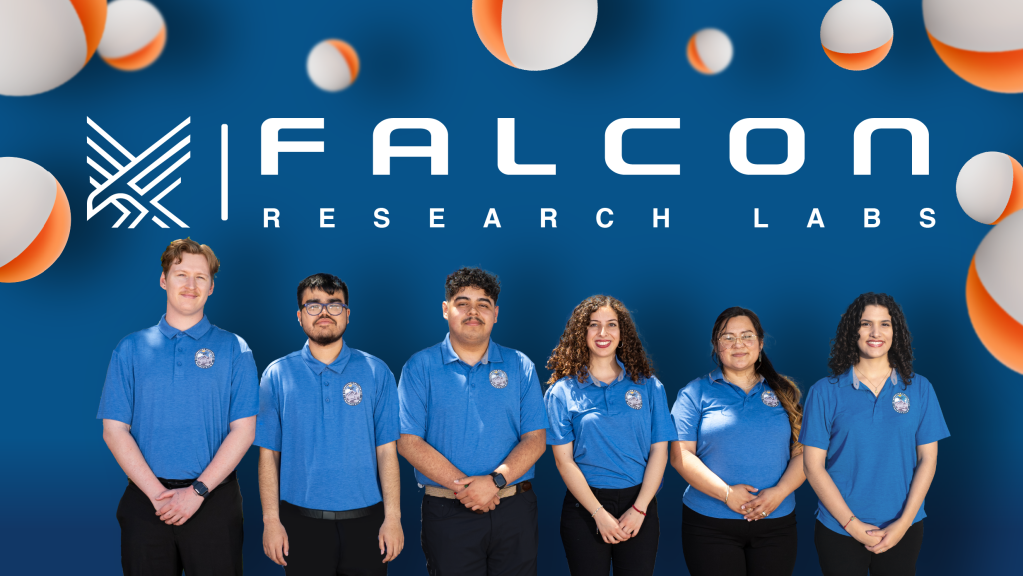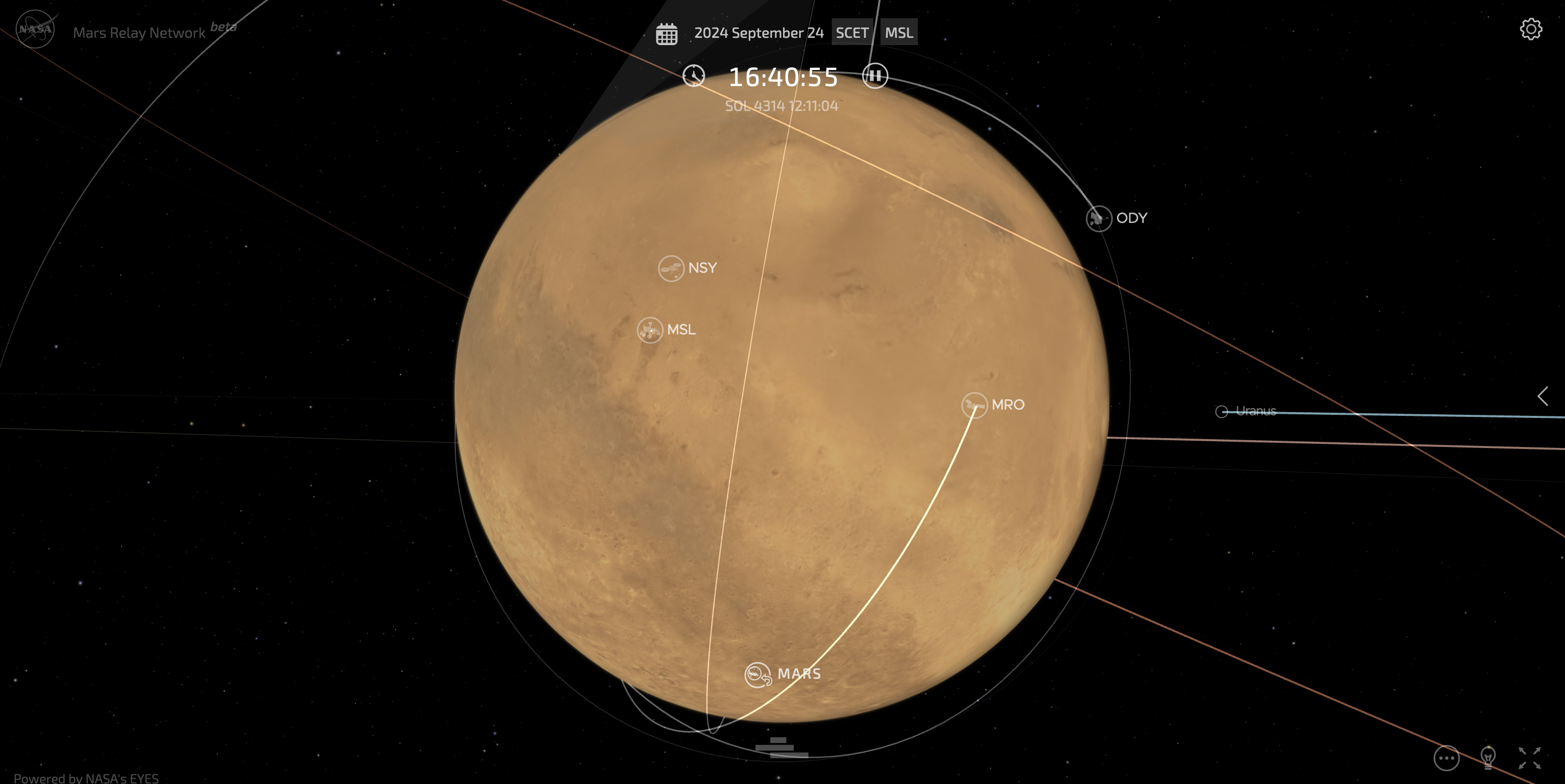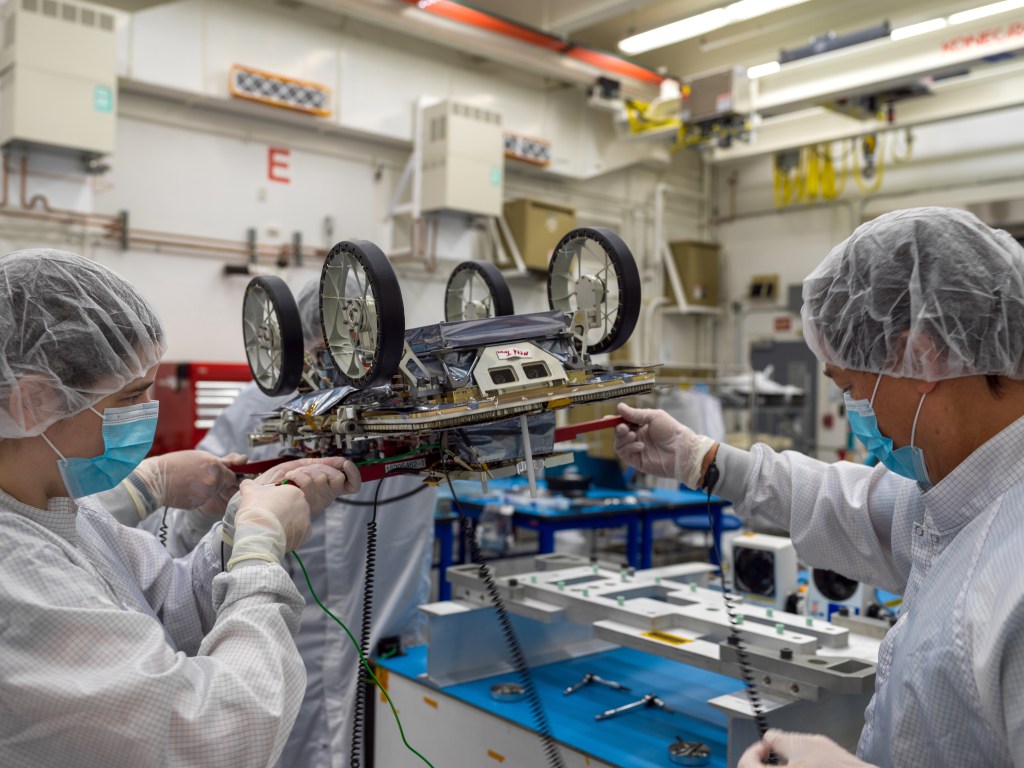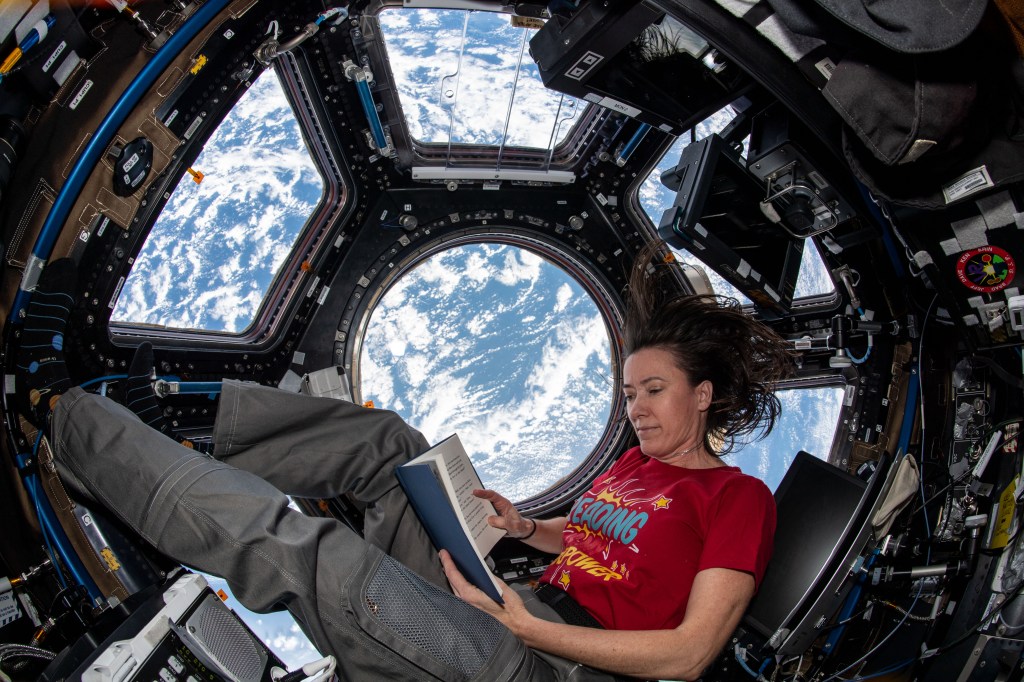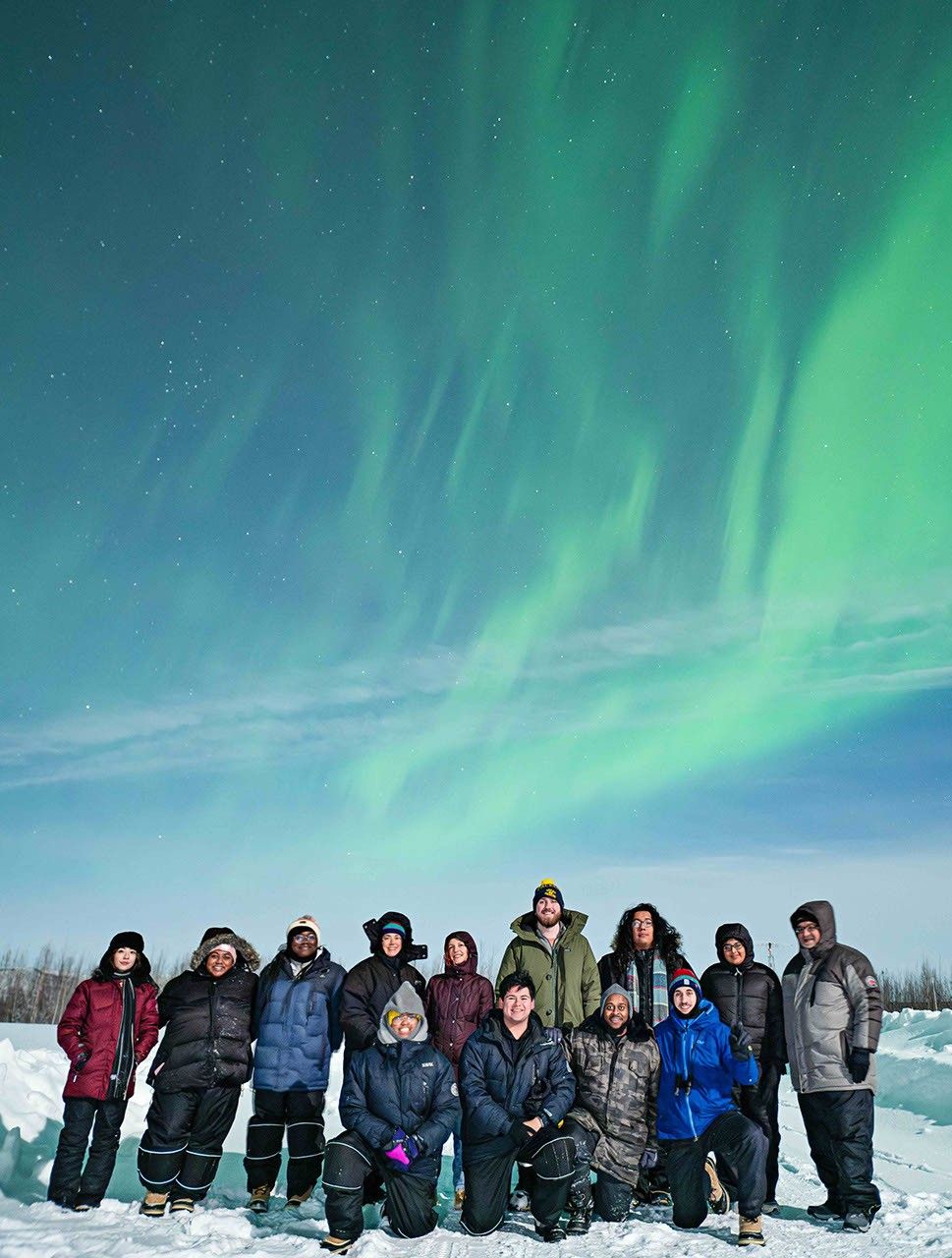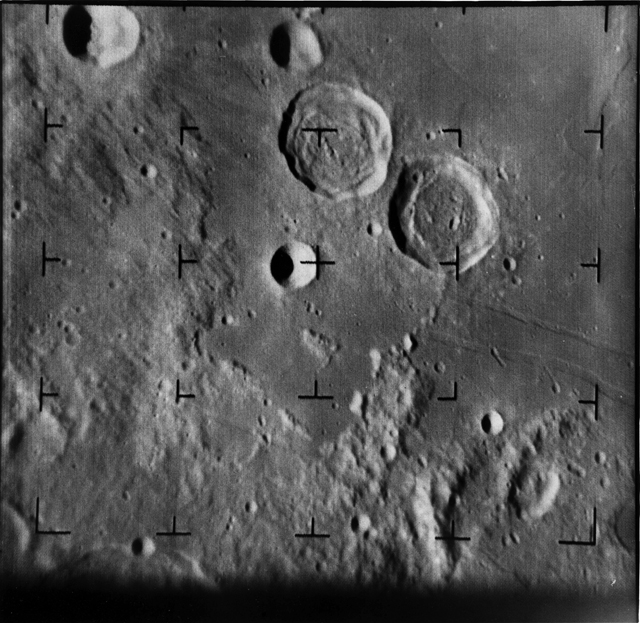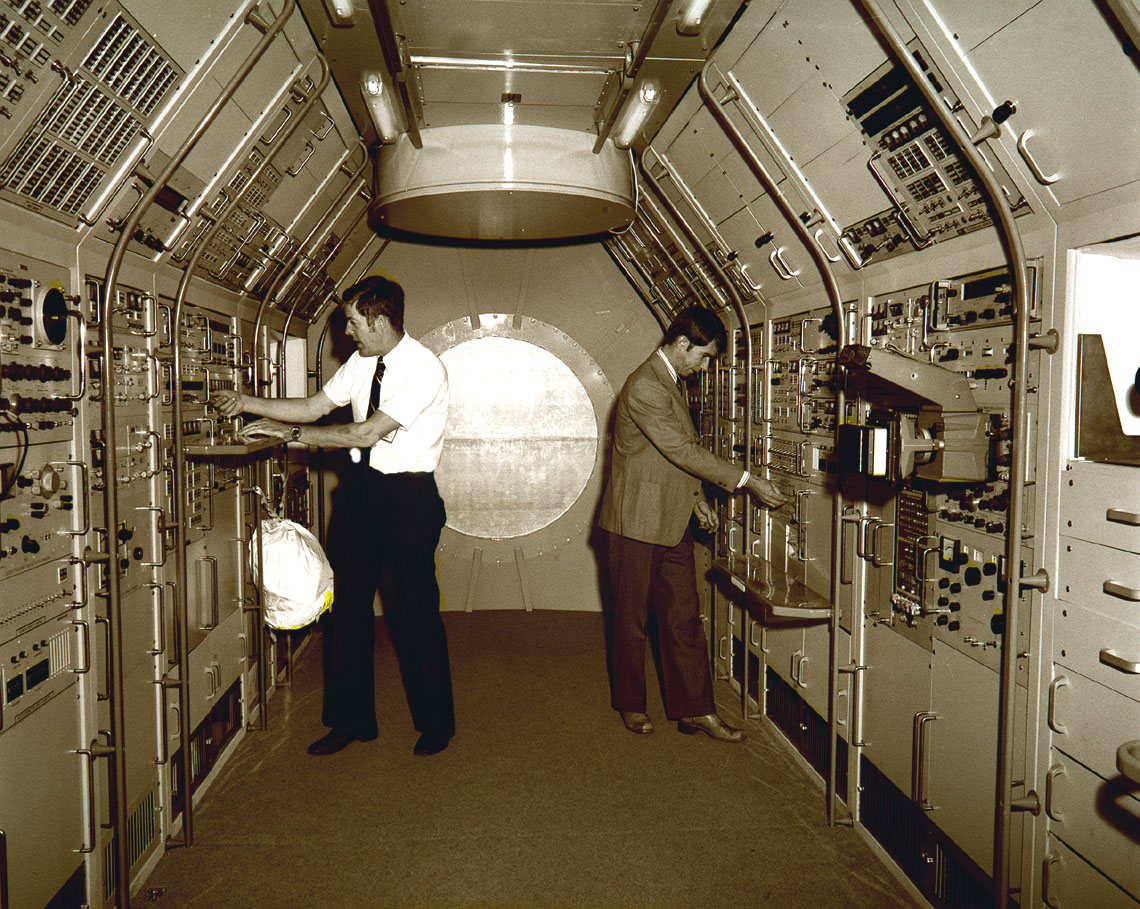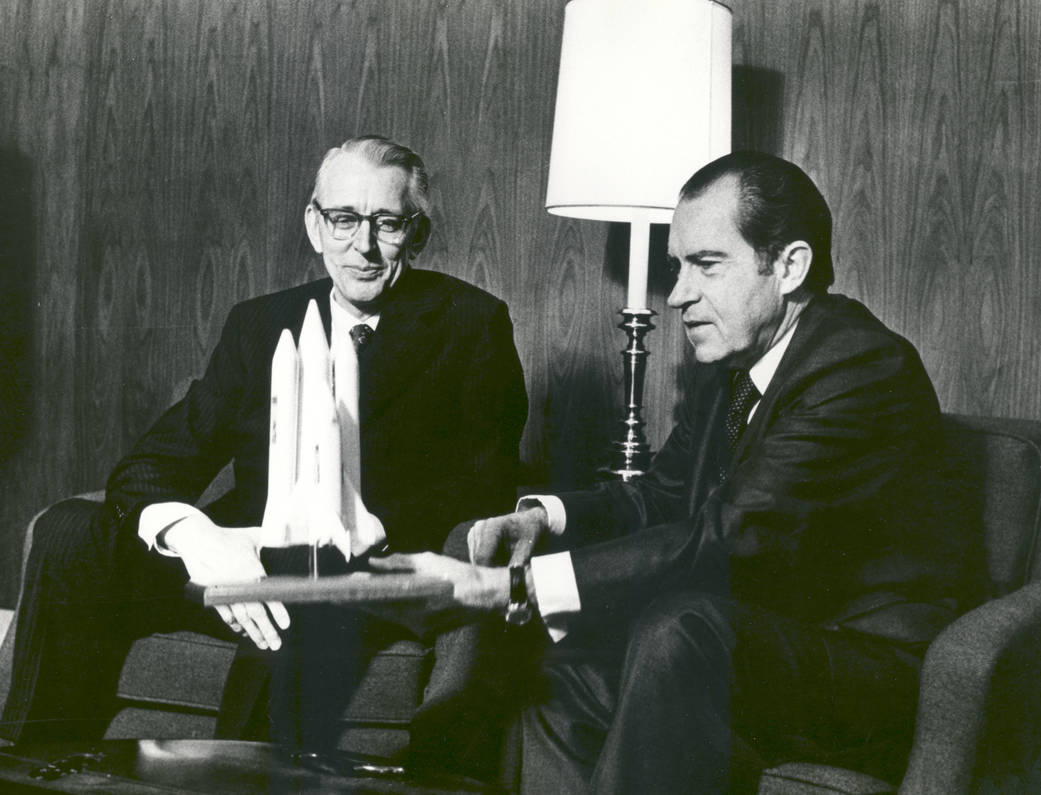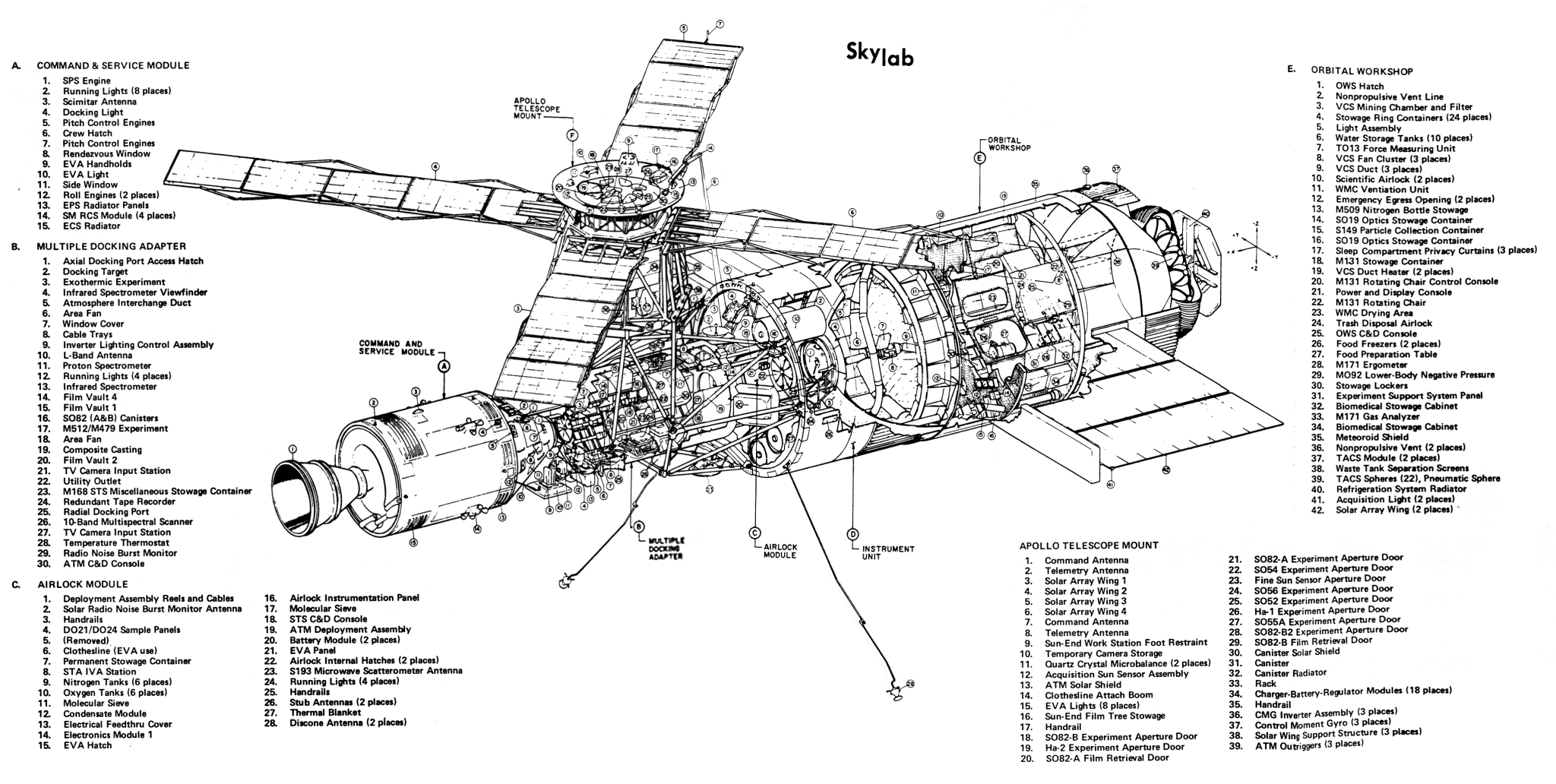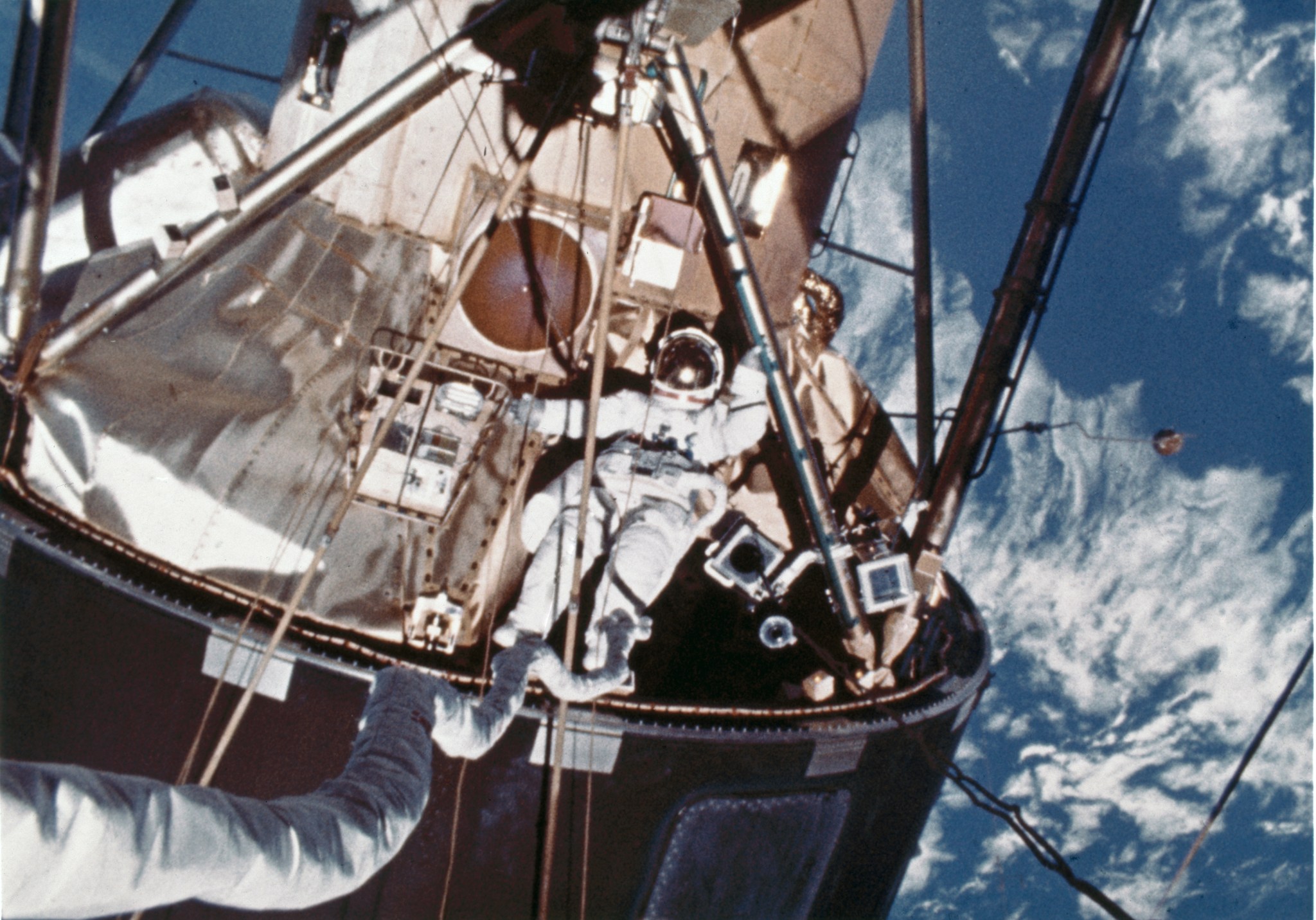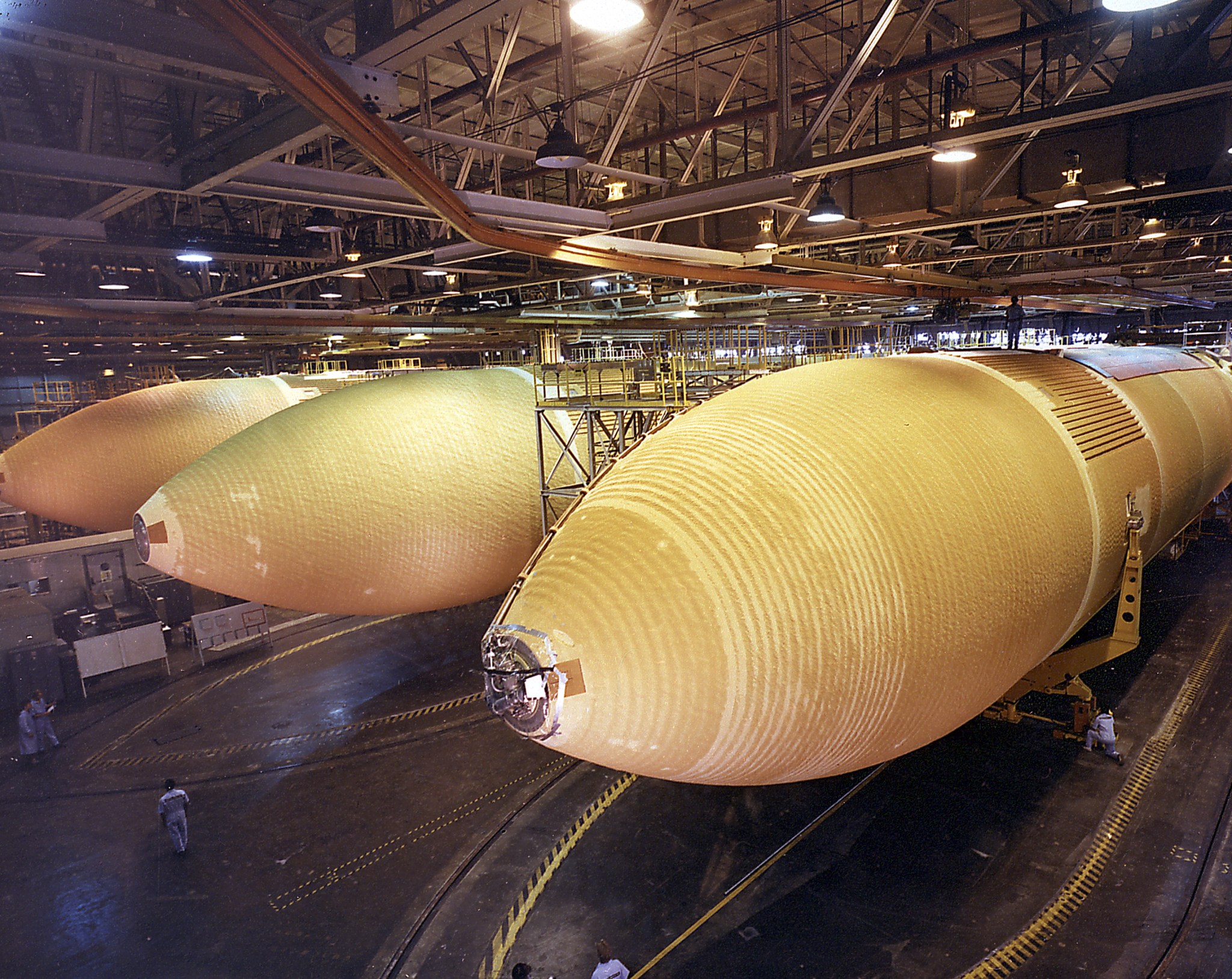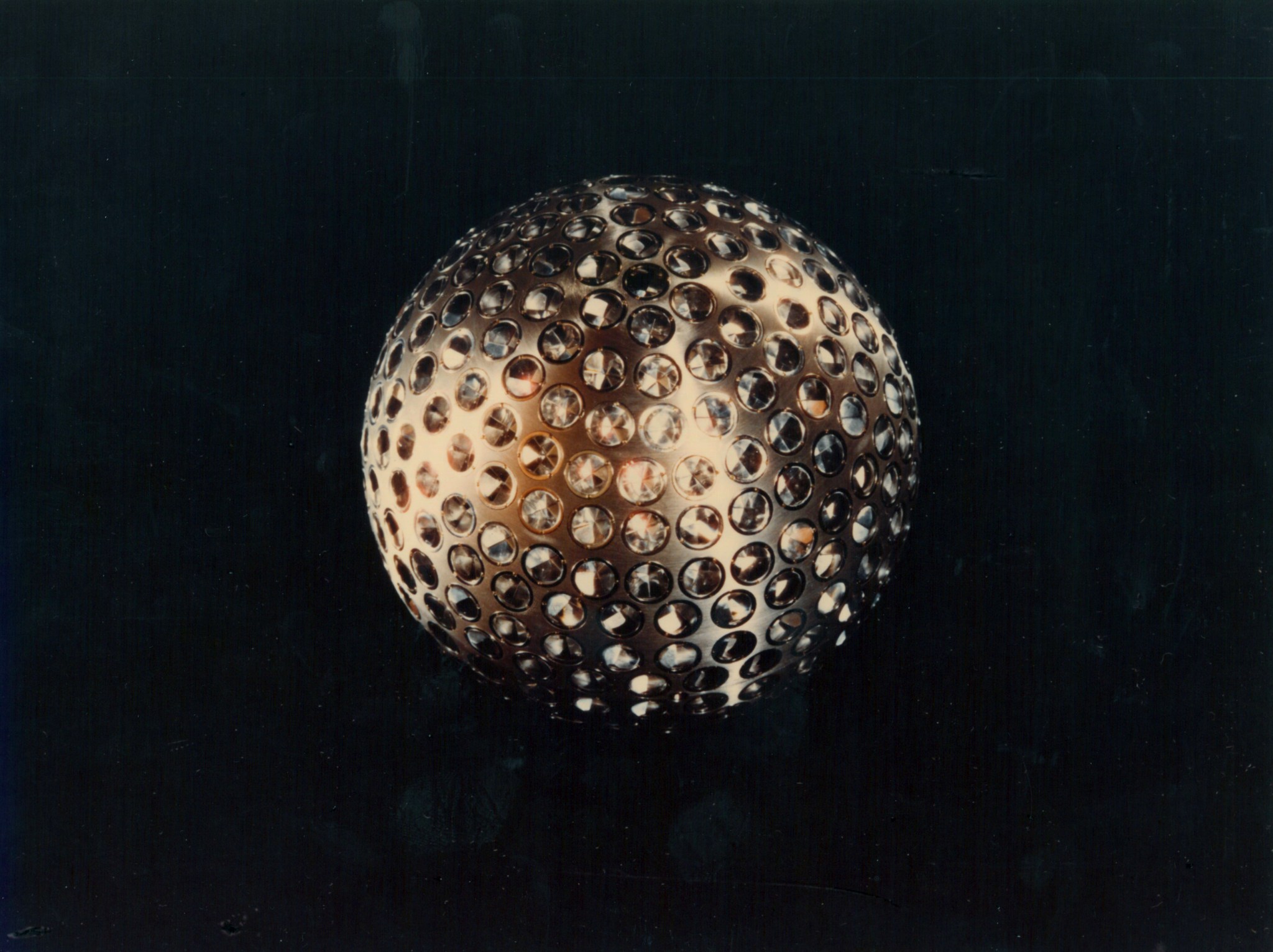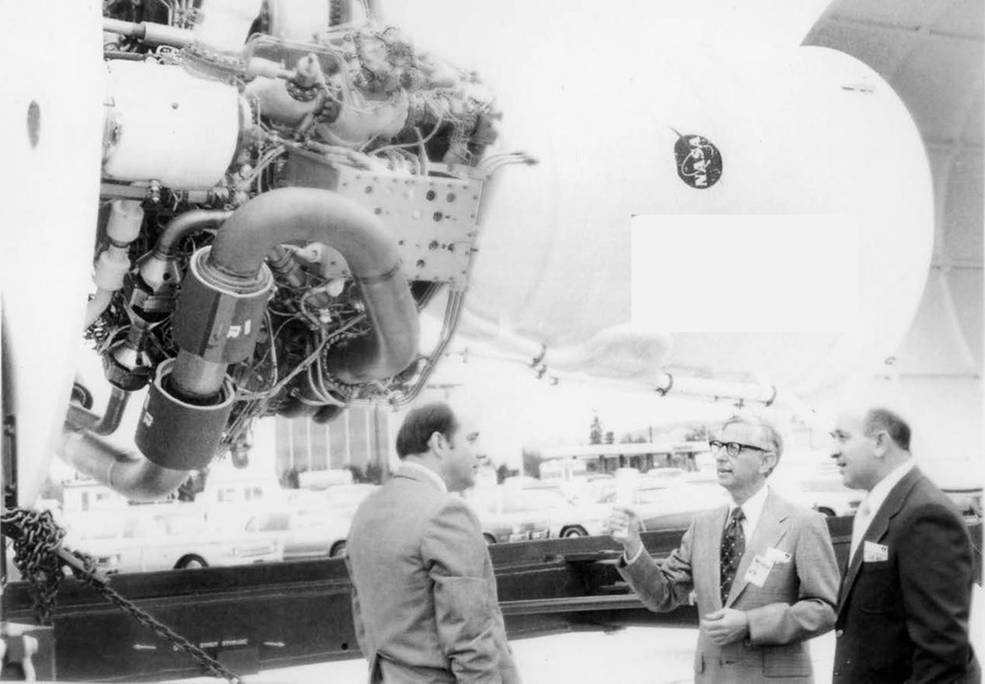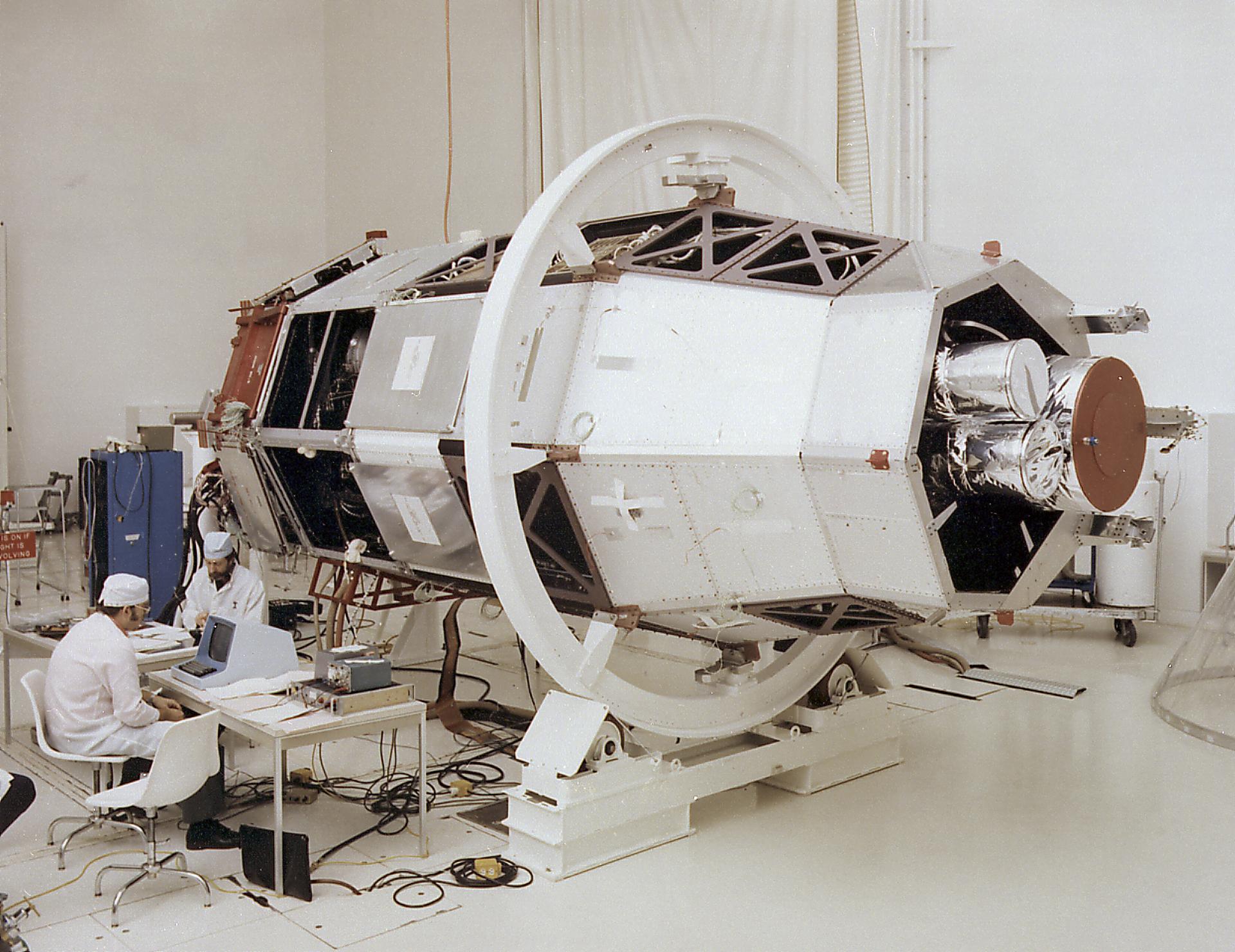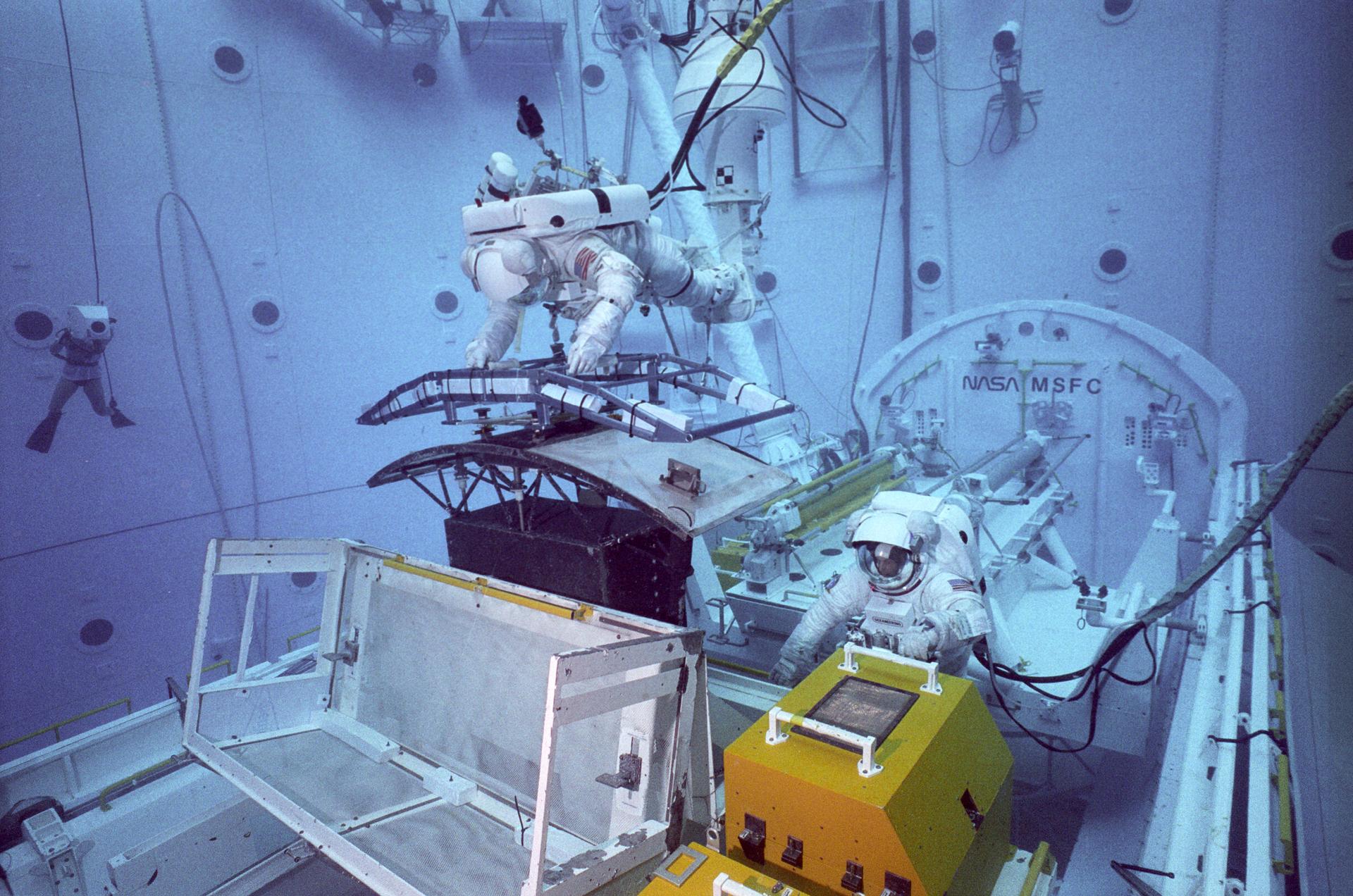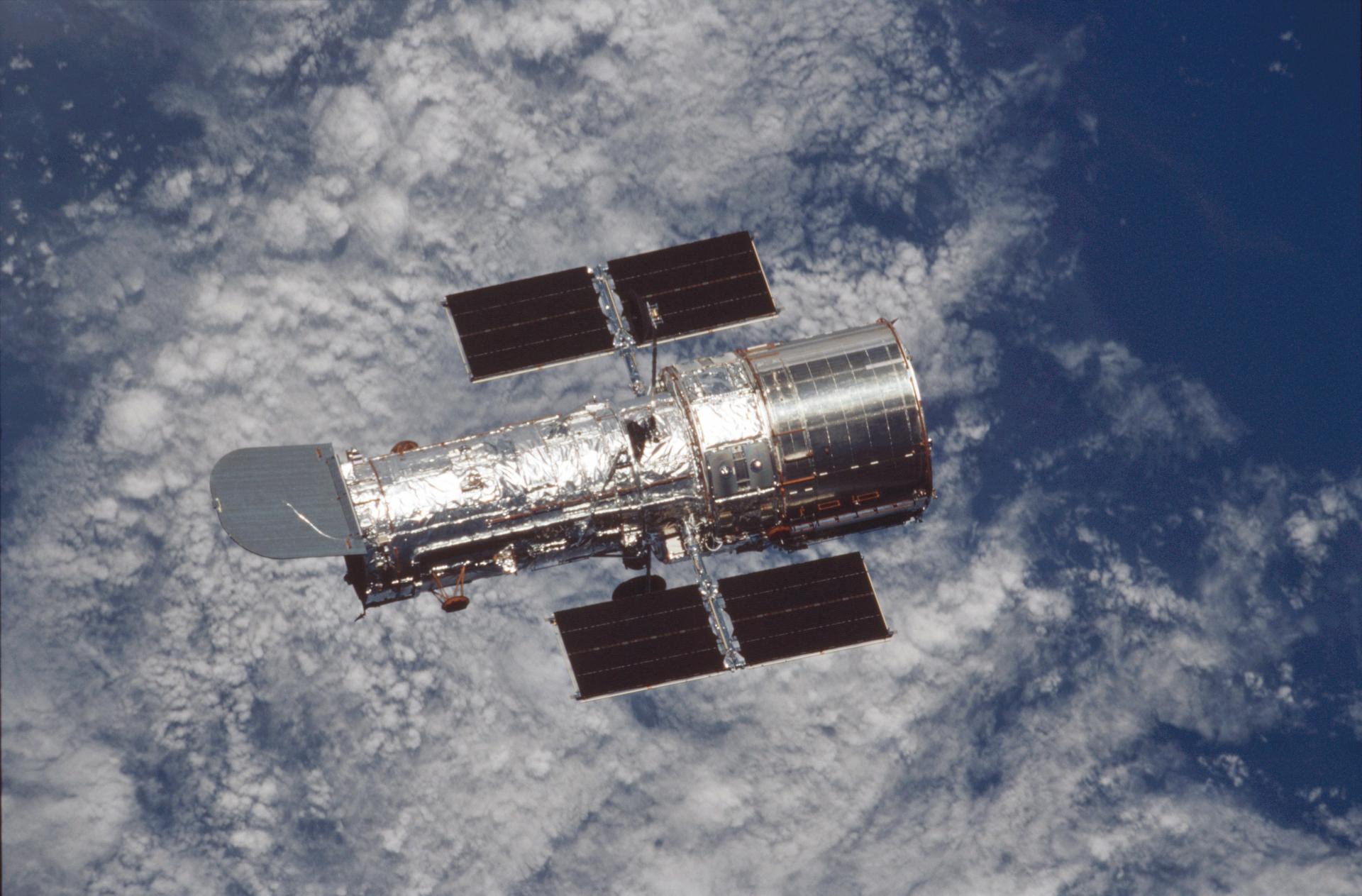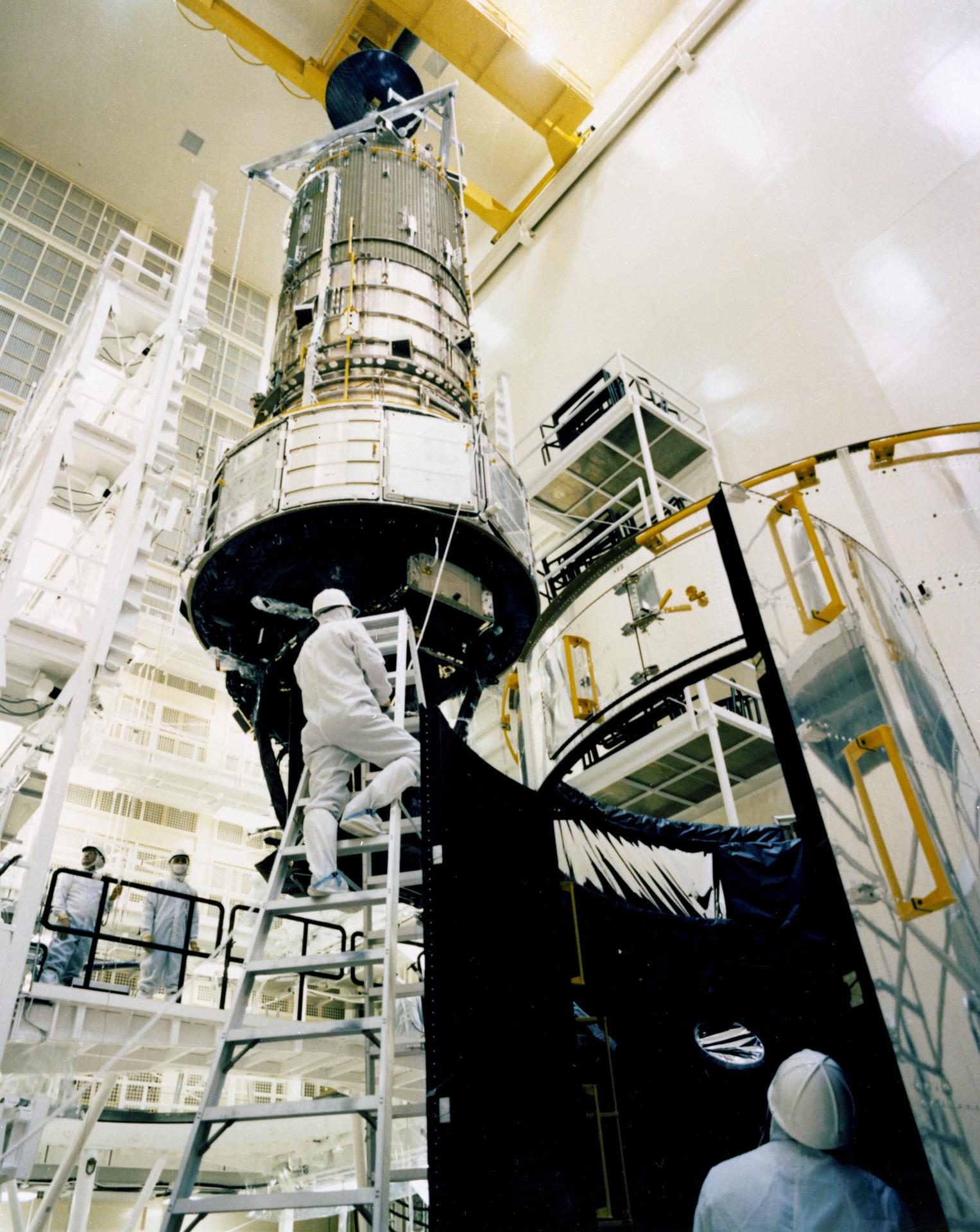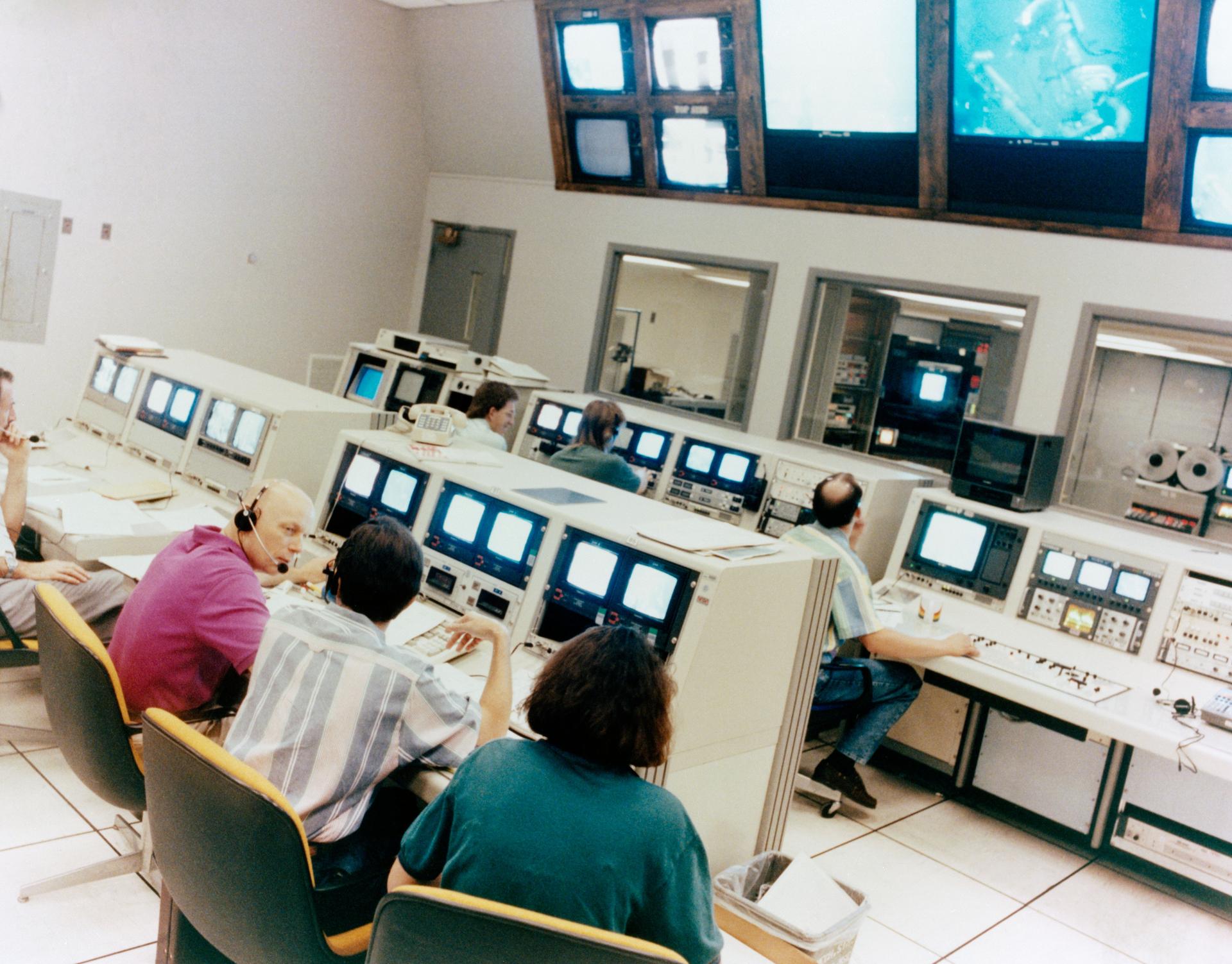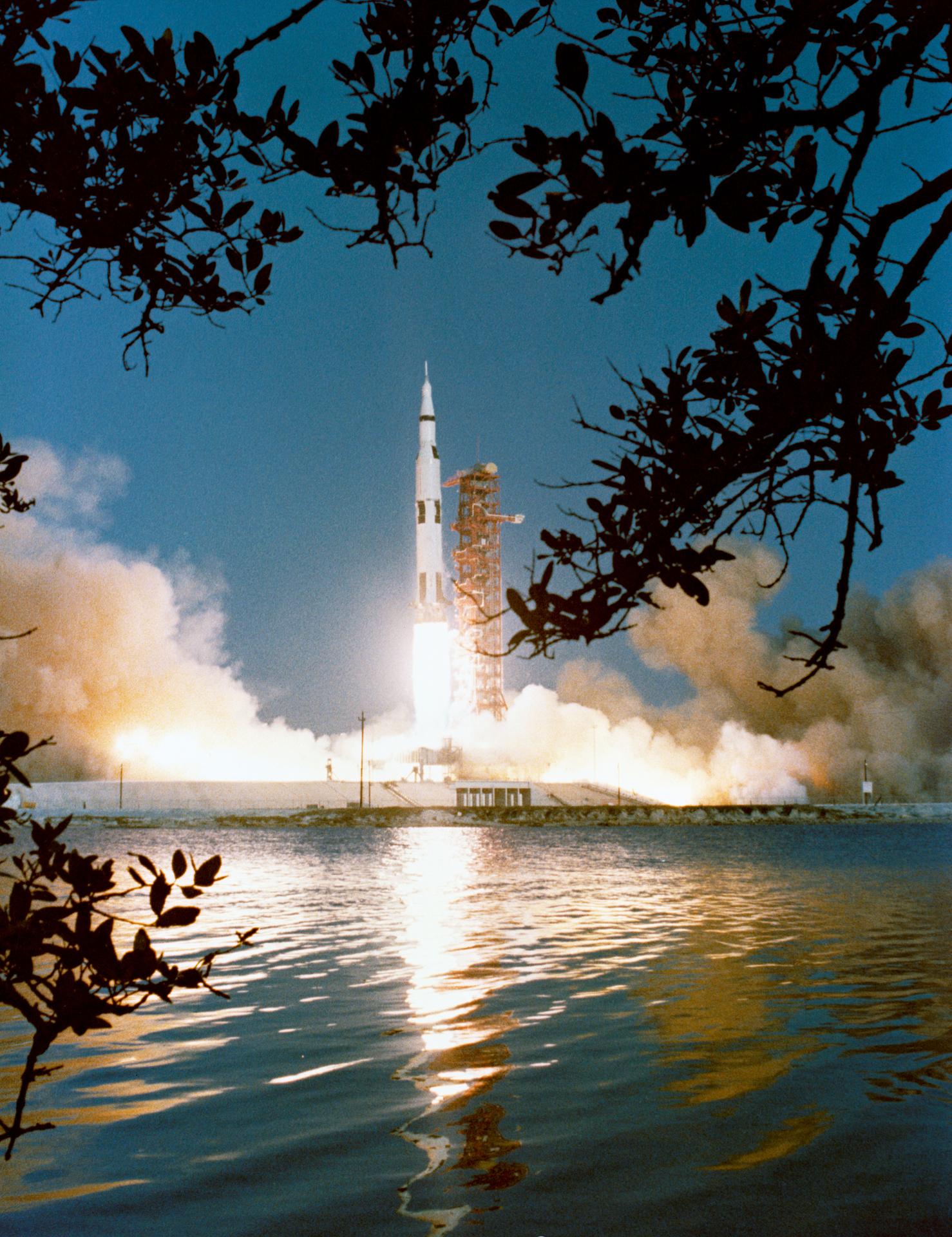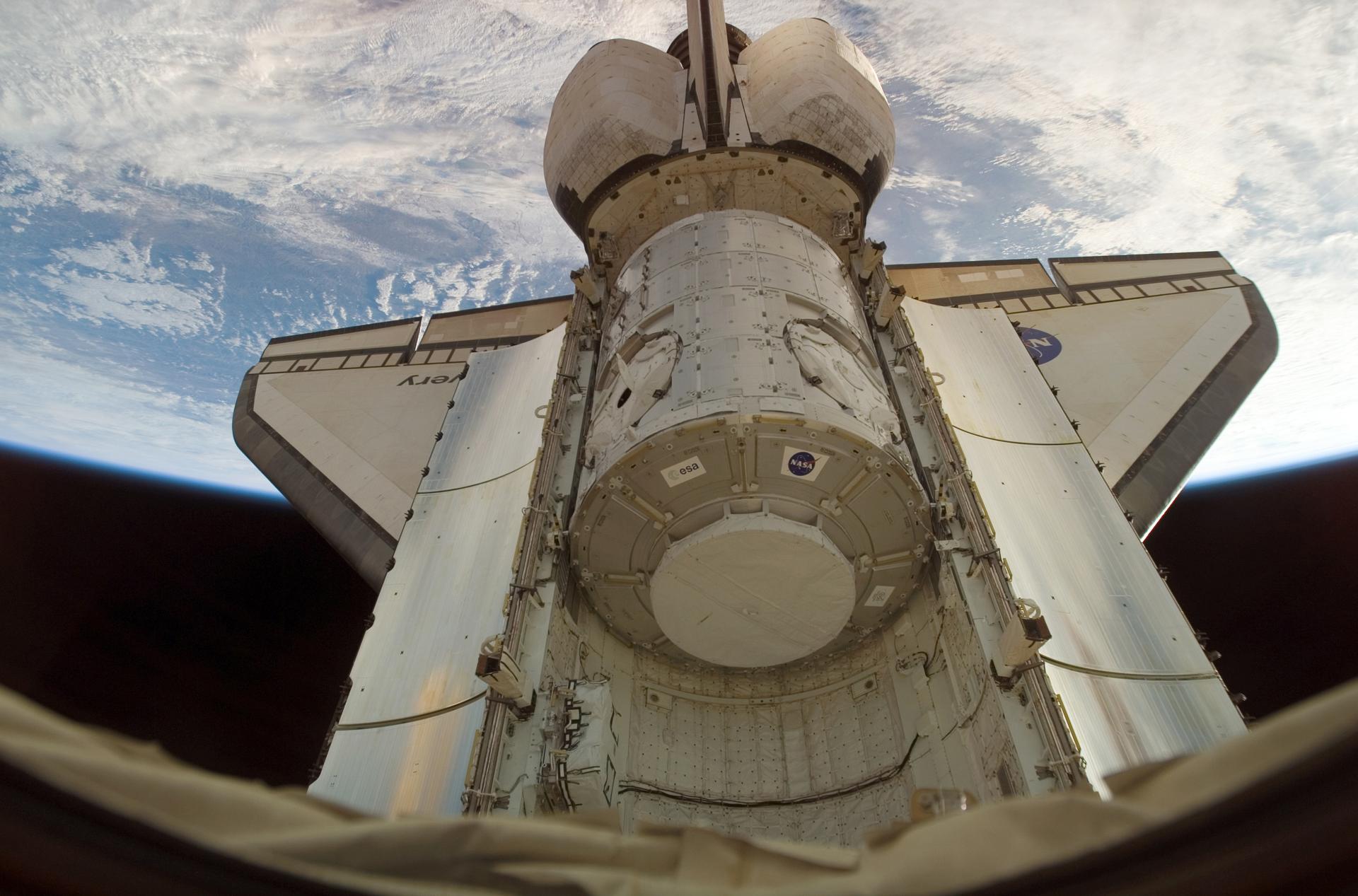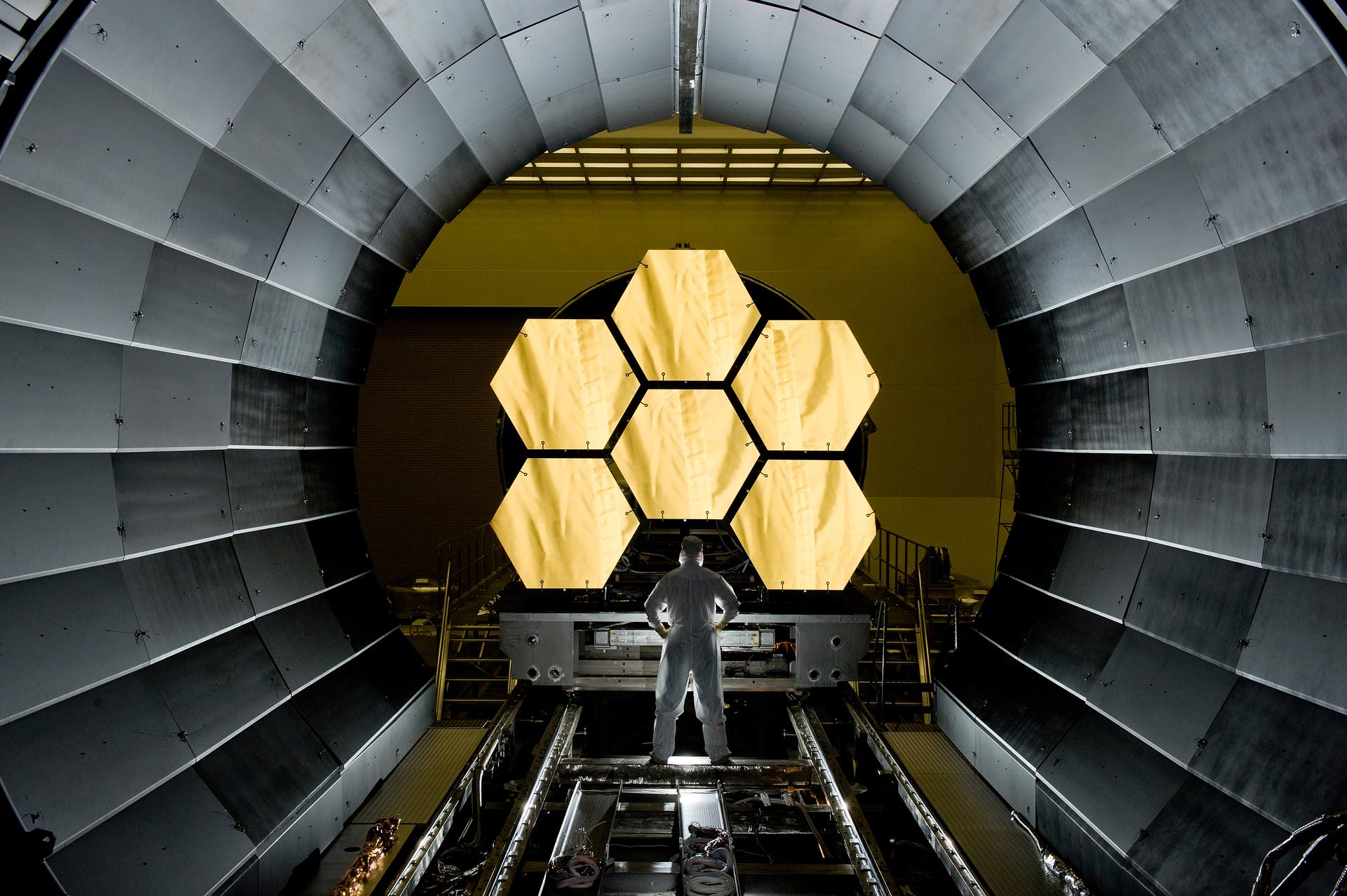March 17, 1970:
The official Marshall visitor center, the U.S. Space & Rocket Center in Huntsville, Alabama, opens its doors on this date. Today, it remains one of the nation’s premiere aerospace-themed tourist attractions, drawing millions of visitors from all over the world. The Space & Rocket Center was envisioned by Marshall’s first director, Wernher von Braun, and the land was donated by the U.S. Army. Today, the center is home to America’s Space Camp program, where kids aged 9-18 can train like astronauts and take part in fully immersive science, engineering, and spaceflight learning programs. The center includes interactive exhibits, a planetarium, and one of the world’s largest collections of space hardware, including a full-scale Saturn V rocket, a space shuttle stack, and the Apollo 16 capsule. Each spring, it’s home to the NASA Human Exploration Rover Challenge, organized by Marshall, which draws hundreds of competitive engineers from high schools, colleges, and universities around the world.
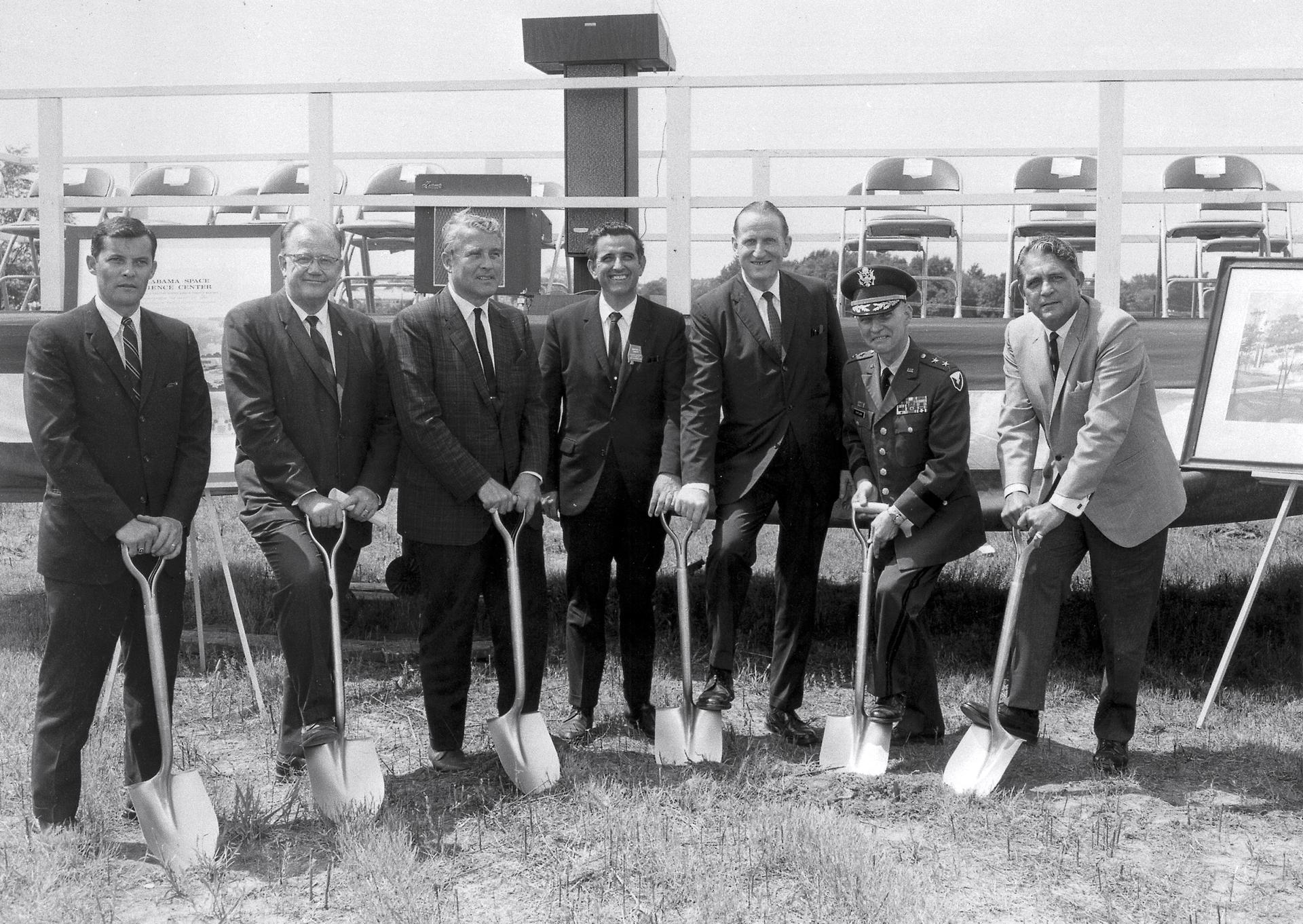
Jan. 5, 1972:
President Richard Nixon announces plans for NASA to develop the space shuttle for routine access to space. Given Marshall’s expert history in propulsion systems and engineering, the center is tapped to design the shuttle’s main engines, solid rocket boosters, and external tank, as well as a variety of scientific payloads.
May 14, 1973:
NASA begins its ambitious Skylab program on this date, launching the sophisticated Skylab Workshop – a modified Saturn V third stage, emptied out and turned into an orbiting research platform – and its onboard Apollo Telescope Mount, anchoring a set of eight telescopes to make detailed solar observations. Both were developed and overseen at Marshall, delivering the first U.S. crewed orbiting space station and the first American space program wholly dedicated to scientific research. NASA and Marshall personnel cleared a series of hurdles to ensure mission success, including a panel lost during liftoff that was intended to protect Skylab from micrometeorites and solar radiation, the loss of one of the workshop’s solar arrays and the only partial deployment of a second. Thinking quickly, NASA and contractor experts assembled in Marshall’s newly formed Huntsville Operations Support Center – the round-the-clock mission operations support hub that eventually would grow to include communications and payload oversight for the International Space Station and other modern NASA missions. Marshall also used its landmark Neutral Buoyancy Simulator –built with the Skylab missions in mind – to develop on-orbit repair tactics enabling astronauts to restore the solar panels to working order. Thanks to shrewd problem-solving on the ground and stalwart work by the Skylab 2 crew launched May 25, 1973, the Skylab program endured and successfully commenced science operations.
Feb. 8, 1974:
The record-breaking Skylab mission, composed largely of Marshall-developed hardware, comes to a close on this date when the last Skylab astronaut crew splashes down on Earth. During the successful proto-space station experiment, three astronaut crews spent 171 total days in space conducting cutting-edge scientific research in metallurgy, fluid dynamics, crystal growth, and biology – much of it developed and managed at Marshall.
July 15, 1975:
Almost 20 years before the landmark Shuttle-Mir Program, a Marshall-developed Saturn IB rocket – the last ever flown to space – carried an American crew to Earth orbit for an unprecedented international endeavor: the first link-up between American and Soviet spacecraft in the Apollo-Soyuz Test Project. The successful docking on July 17 marked the first meeting in space of American astronauts and Russian cosmonauts, and set a precedent for international cooperation that has endured through 21st-century missions to the International Space Station. As part of the Apollo-Soyuz Test Project, Marshall provided science experiments and a multipurpose electric furnace for processing material samples.
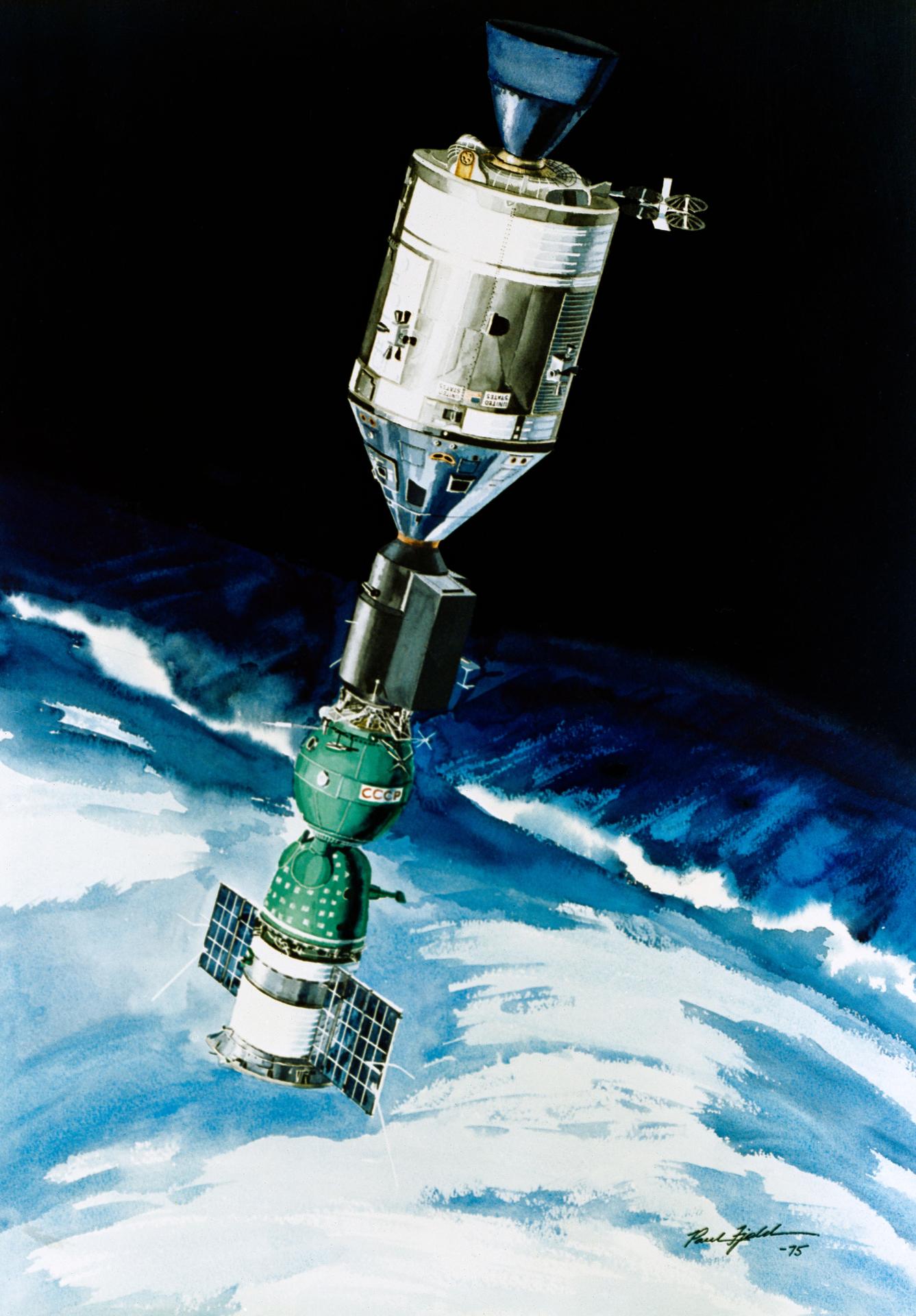
Aug. 1, 1976:
Engineers and construction crews at NASA’s Michoud Assembly Facility in New Orleans, Louisiana, guided by Marshall’s space shuttle propulsion team, complete work on a specialized facility to conduct leak and proofing tests of the shuttle’s external tank – marking a major step forward in NASA’s commitment to delivering the new space shuttle by the end of the decade.
May 4, 1976:
As Marshall continued to pioneer spaceflight propulsion solutions for NASA, the center also made bold advances in innovative technology and scientific investigation. On this date, NASA launched the first Laser Geodynamic Satellite (LAGEOS), the design, development, and construction of which was managed by Marshall. The beachball-sized aluminum and brass sphere, covered with 426 retroreflective mirrors, enabled researchers to bounce laser beams from the ground off the prismatic satellite for high-precision tracking of geological shifts in the Earth’s crust. This “laser-ranging” data, the first of its kind ever conducted via NASA satellite, provided critical support for studies of continental drift and expanded scientific understanding of Earth’s shape, rotation, and gravity field. LAGEOS remains in orbit today – continuing to provide precise laser-ranging data to Earth scientists and other researchers around the world.
June 18, 1976:
NASA launches Gravity Probe-A, a joint science mission developed and managed by Marshall and the Smithsonian Astrophysical Observatory. Designed to test the “equivalence principle” element of Einstein’s Theory of General Relativity, the flight marked the first test in space to explore the structure of space and time. Launched from NASA’s Wallops Island, Virginia, facility, the suborbital space probe carried an atomic clock to an altitude of 6,200 miles. By comparing the flying clock to an identical one on the ground, physicists were able to verify Einstein’s hypothesis that the flow of time slows the deeper one descends into a planetary gravity well. Twenty-eight years later, in April 2004, Marshall would collaborate with physicists at Stanford University in Stanford, California, on Gravity Probe B, a further investigation of Einstein’s spacetime theories.
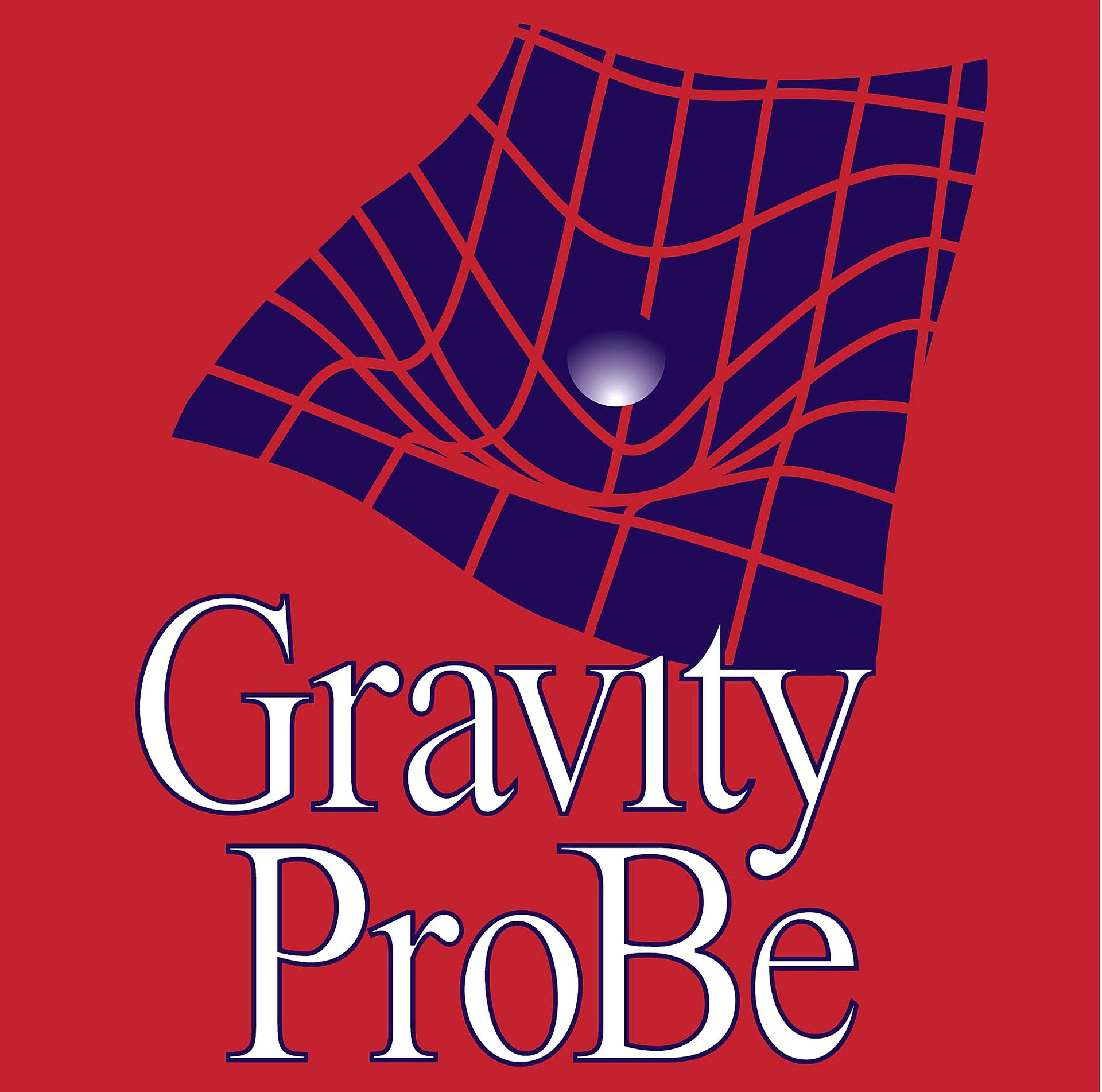
March 16, 1977:
Though single-engine testing of an integrated Space Shuttle Main Engine had been conducted as early as May 1975 at NASA’s Stennis Space Center in Mississippi, the first full test of a complete main engine assembly was conducted, with oversight by Marshall shuttle engineers, on this date at the Rocketdyne factory in Canoga Park, California.
Aug. 12, 1977:
NASA launches the first of three High Energy Astronomy Observatories (HEAOs), developed, tested, and managed at Marshall, to conduct intensive study of stars and star-like objects in space. HEAO-A spent 16 months surveying the sky for distant X-ray sources: pulsars, quasars, and black holes. HEAO-B, also known as the Einstein Observatory, would follow in November of 1978, capturing the first astronomical X-ray images and verifying that both Jupiter and Earth emit X-rays. HEAO-C, launched in September 1979, expanded the research still further, measuring X-rays, gamma rays and cosmic ray particles and providing revolutionary insight into celestial objects by studying their high-energy radiation emissions. Testing of HEAO-B also led to the construction of Marshall’s 1,700-foot-long X-ray guide tube, which enabled scientists to send a beam of X-rays into a vacuum chamber 20 feet in diameter and 60 feet long. HEAO-B was placed in the chamber to test its focus and measuring capabilities, using the X-ray beam as simulated starlight. In 1989, the test facility that operated the guide tube was upgraded and renamed the X-Ray and Cryogenic Facility (today known as the X-ray Calibration Facility). The XRCF would lead cutting-edge testing of NASA’s Chandra X-Ray Observatory, the X-ray telescope on the Japanese Hinode satellite, mirrors for the James Webb Space Telescope, and the trio of X-ray imagers on NASA’s Imaging X-ray Polarimetry Explorer (IXPE).
Oct. 1, 1977:
Congress approves funding for NASA’s Hubble Space Telescope. Marshall is tapped to lead the design, development, and construction of the spacecraft, supported by Perkin-Elmer Corporation (now Hughes Danbury Optical Systems), which developed the Optical Telescope Assembly and fine guidance sensors, and Lockheed Missiles and Space Company (now Lockheed Martin), which built the spacecraft’s outer structure and internal support systems. NASA’s Goddard Space Flight Center in Greenbelt, Maryland, managed the science instruments and ground operations for the mission. Launched to space on April 24, 1990, Hubble has delivered unprecedented scientific findings ever since, enabling researchers to discover dark energy, determine the atmospheric composition of planets around other stars, and observe more than 4,000 exoplanets and 10,000 galaxies across the night sky. And Hubble’s mission continues today…
March 13, 1978:
Throngs of Marshall employees and Huntsville-area citizens greeted the space shuttle orbiter Enterprise upon its arrival on this date for testing at Marshall. The orbiter was hoisted into the updated Dynamic Test Stand, originally built to conduct Saturn V rocket testing, and mated to an external tank for vibration testing. The tests marked the first time that a shuttle orbiter, external tank, and solid rocket boosters had been vertically mated.
More Marshall Decades
Marshall 65
For 65 years, NASA’s Marshall Space Flight Center has shaped or supported nearly every facet of the nation’s ongoing mission of space exploration and discovery, solving the most complex, technical flight challenges and contributing to science to improve life and protect resources around the world.
Learn More about Marshall 65